

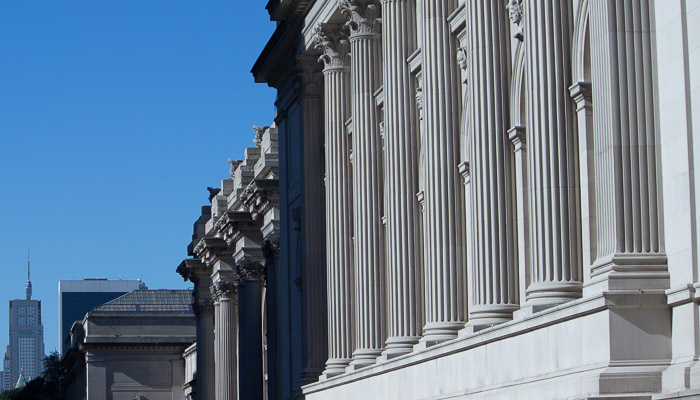

With due respect to the Louvre, the British Museum and the Hermitage, the Metropolitan Museum of Art is quite simply the greatest museum in the world. If you only visit one museum in New York, it should be this. If you only visit two, come here twice, as it cannot be seen in a single day. With six floors of art spanning four city blocks and 7,000 years of human history, there is, quite literally, something for everyone.
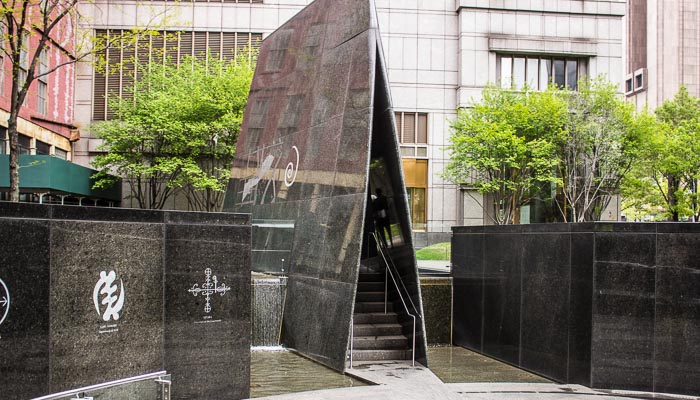

Tucked away between the massive government skyscrapers of Manhattan's Civic Center is one of the few remaining traces of the island’s earliest days as a colonial trading outpost to have survived the four centuries of constant redevelopment. Make it to the museum if you can, but hit the outdoor memorial for sure.
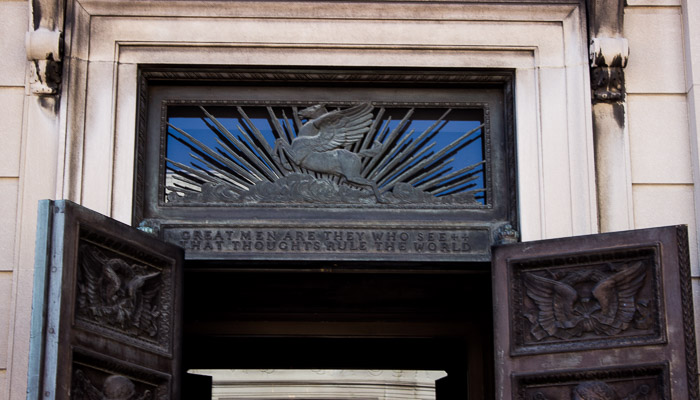

The American Academy of Arts and Letters is an elite society of 250 lifetime members nominated and invited based on atheir contributions to American art, music, and literature. The academy hosts a small gallery space in Washington Heights exhibiting the works of current and previous members. When both are open, it pairs nicely with the nearby Hispanic Society Museum.
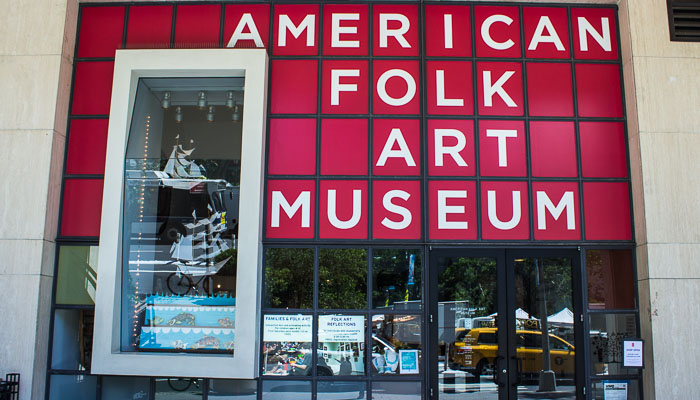

Where other museums celebrate what genius can produce after decades of training, education, and practice in formal creative theory, the American Folk Art Museum celebrates raw, untrained, frontier, home-grown genius. The museum argues convincingly that quilts and weathervanes are mediums as expressive as oil on canvas or marble and chisel.
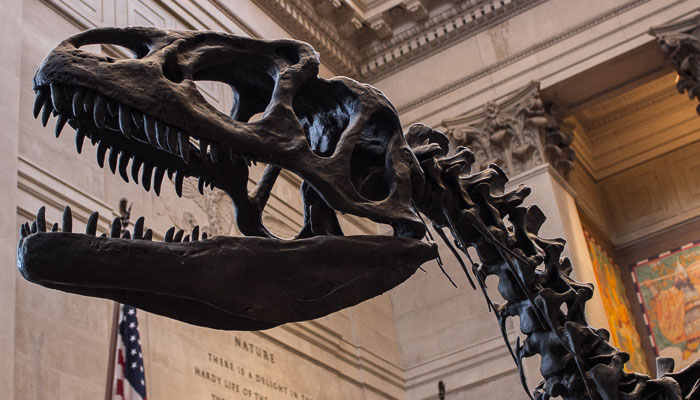

The American Museum of Natural History sits directly across Central Park from the Met, balancing the right-brained extravagance of that institution with its left-brained abundance. While a better museum for families than most dedicated children’s Museums, it is also a serious scientific institution with enough on-going research to challenge and inspire adults.


'Numismatic' is anything related to coins, currencys and medallions. The American Numismatic Society is a group of scholars, academics and passionate collectors of these items. The society hosts a series of exhibits, events and lectures in one of Manhattan's most-specialized museums. For dedicated coin collectors, it is a required stop, but the general public can enjoy a short, pleasant introduction to the numismatic world.
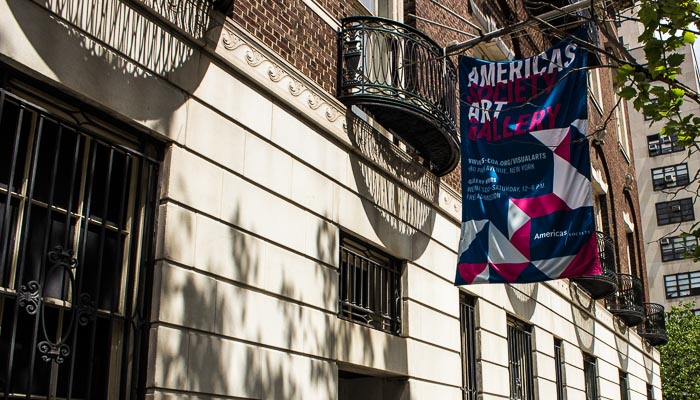

The Americas Society, housed in the former home of the Soviet Mission to the UN, hosts a small gallery dedicated to contemporary Latin American and Caribbean artists. The gallery is free and rotates exhibits a few times a year, often featuring the first North American show of a rising artist.
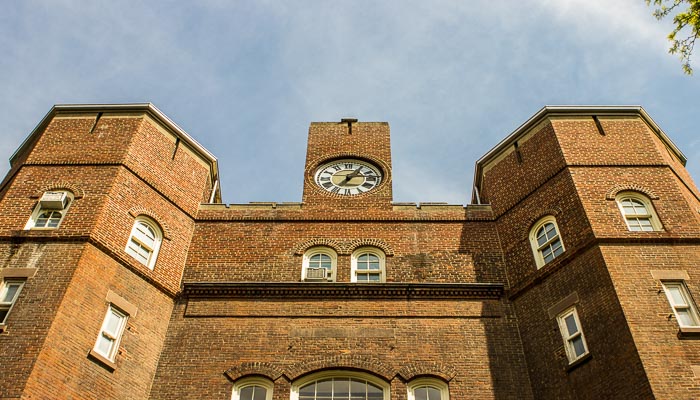

The Arsenal is an under-appreciated landmark near the southeast corner of Central Park. The 1847 building may not be anyone’s favorite in the city, but the beautiful lobby and WPA mural must be seen. The Arsenal houses a charming public gallery space on the third floor which hosts rotating art exhibitions, usually with naturalist and conservationist themes.
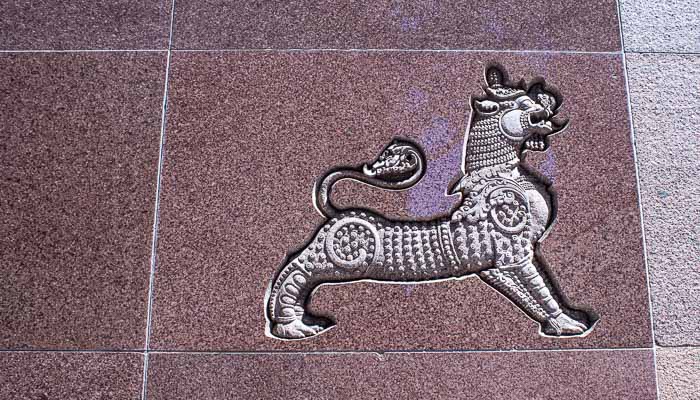

The largest (and most expensive) of the international-society style museums, the Asia society undertakes to cover art and culture from China, Japan, Korea, and Southeast Asia, featuring contemporary new works from Asian artists juxtaposed with its collection of traditional pieces.
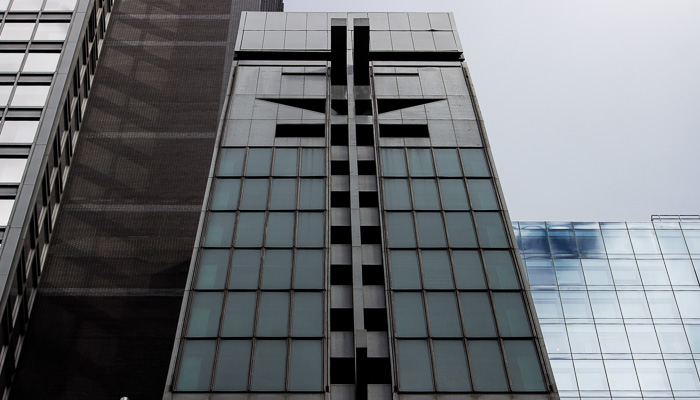

Austria’s entry into the long list of countries and cultures with a promotional presence in New York City is located in a renovated Midtown Manhattan townhouse, not far from the MoMA. The small gallery space hosts Austrian and Austrian-American artists, supplemented by a variety of films, performances, readings, and lectures.
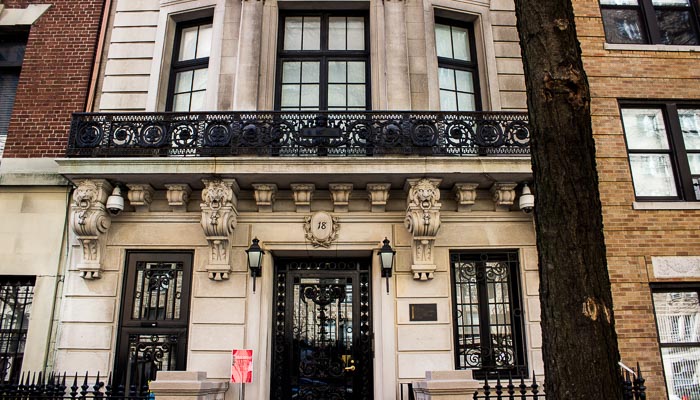

The Bard Graduate Center hosts unique and diverse exhibits in an Upper West Side townhouse repurposed to multiple gallery spaces. The exhibits, covering historical topics as varied as Swedish Wooden Toys, Men’s Hats and NYC Circuses, tend towards the academic--visitors walk away learning a great deal about an unexpected subject.
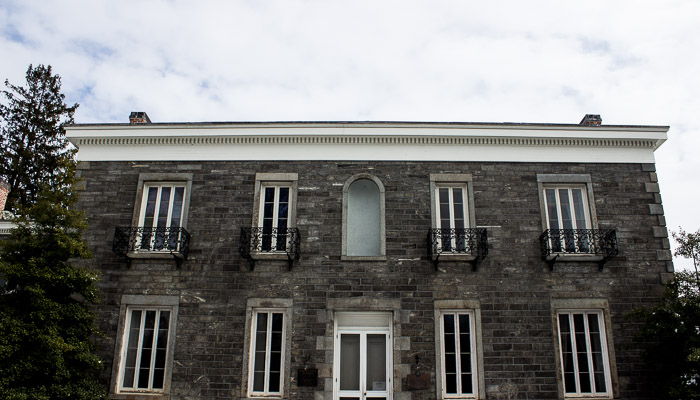

Historic homes are rare in a city constantly renewing itself, but the Bartow-Pell Mansion on Pelham Bay in the Bronx has managed to avoid the fate of other grand country estates from the 19th century. The gorgeous mansion, immaculate grounds, and unique exhibits make this one of the most popular destinations (and wedding sites) in the Bronx.
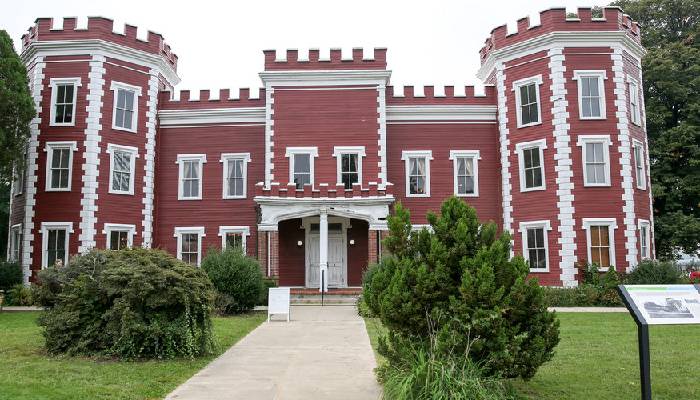

Escape the city and modernity with a trip to Fort Totten and a day wandering the grounds. The Bayside Historical Society maintains a ‘castle’ (the former officer’s club for the Army engineers building the fort nearby) and fills it with objects relevant to the history of this unique section of Queens. A day’s worth of activity both inside and outside of the building.


Inside one of the largest synagogues in the world is a small museum and gallery space dedicated to a collection of Jewish art and artifacts from around the globe. The collection is small but rich in detail and history.
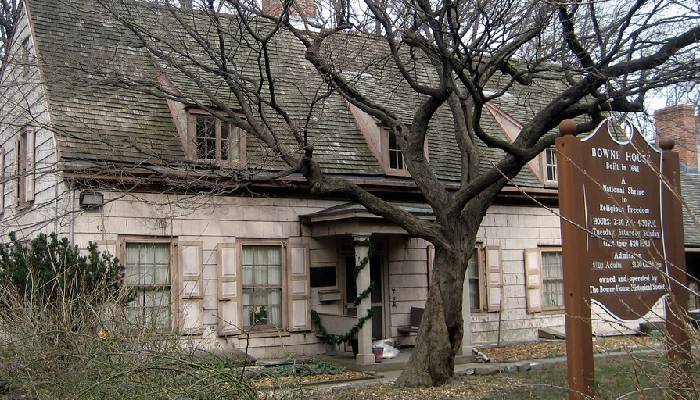

John Bowne was a pioneer in the 17th-century struggle for religious freedom in the American colonies, challenging Governor Stuyvesant’s persecution of Quakers in New Amsterdam. His Flushing home has been preserved as a monument to his efforts as well as a rare example of early Dutch life in what would become New York City.
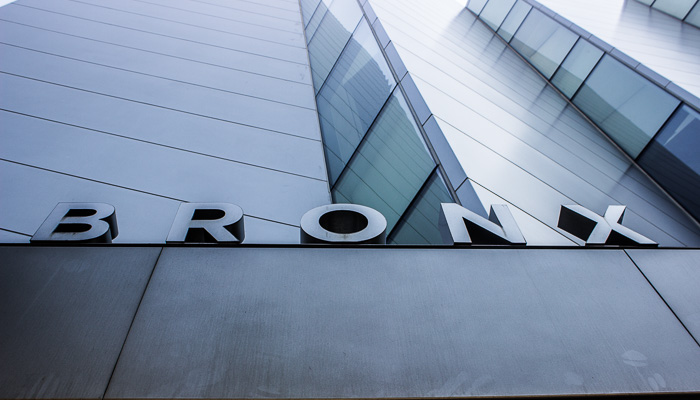

Take the short journey across the Harlem River to discover your new favorite artist. This neighborhood museum curates the finest work produced by local contemporary artists. Though small in contrast to the gems of other boroughs, the museum's exhibits punch well above its weight class.
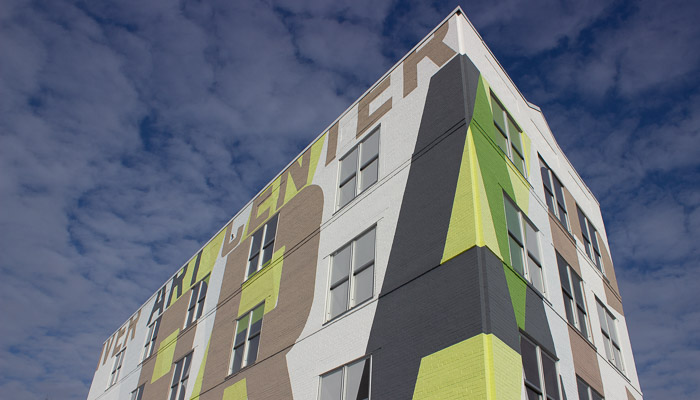

For 30 years The Bronx River Art Center has served as the artistic and creative hub of a section of the Bronx otherwise underserved in creative fields (though the Bronx Zoo is almost next door). While its primary focus is education and performances, the center hosts intriguing exhibits rotating throughout the year (the gallery is generally closed between exhibits).


One of the premier zoological gardens in the world situated in the middle of the world's greatest city merits several repeat visits. An obvious family destination, the zoo remains entertaining with or without kids. Crowds can easily be avoided in winter months, but even in summer there are secret refuges to be found.


Nestled in Prospect Park next to the sprawling Brooklyn Museum is a quiet oasis filled with trees, vegetables, flowers, trickling streams, and quiet ponds. Though smaller than its counterpart in the Bronx, its gardens and conservatories are cultivated with the same care and attention. A gorgeous and educational escape.


Brooklyn as an independent city (which it was until 1898) is larger and older than the historic towns of Philadelphia or Boston, and justifiably supports its own historical society focusing on the people and events that have contributed to its unique past. Leaving the New York-Historical Society to handle the broader story, the BHS digs deep into local lore.
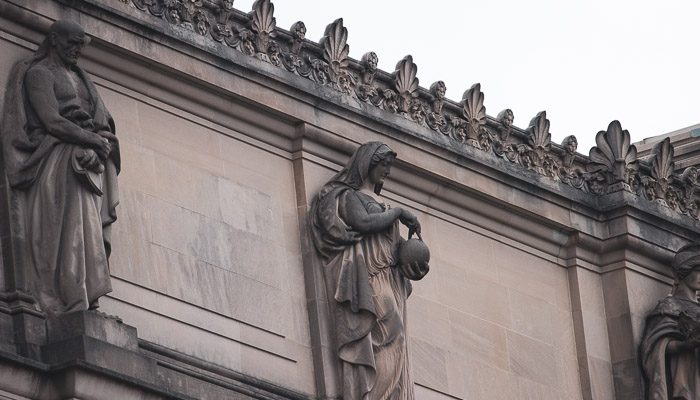

The encyclopedic Brooklyn Museum would be the cultural center of any other city in New York. With selections from over 1.5 million pieces in the collection spread over nearly 13 acres of gallery space, it is one of the world's outstanding institutions--and yet just the third-largest museum in New York. Well worth a long day exploring the many galleries and exhibitions on the edge of Prospect Park.
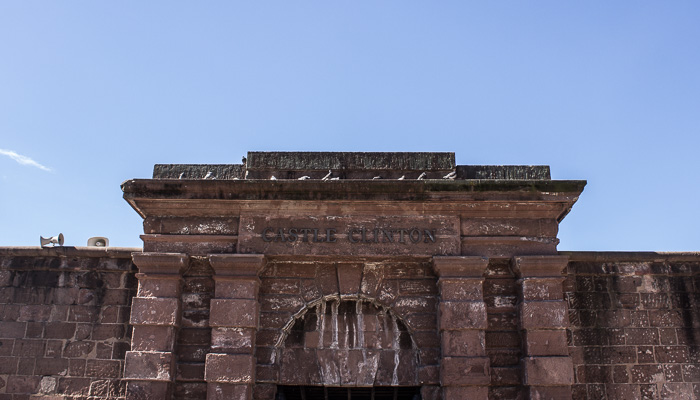

Castle Clinton receives more unintentional visitors than any other site in the city. Most view it as a necessary stop on the long trip to the Statue of Liberty and Ellis Island. But the building itself is full of a rich and instructive history and is worth visiting even independent of the ferry ticket booths. Revisit the history of one of New York's most versatile sites.


Simply visiting New York City converts everyone into a student of urban architecture. Space is dear and the creative ways architects have used it efficiently while adding beauty to the cityscape is fascinating. This is the story told at the Center for Architecture, through exhibitions which are New York-centric. Urban architecture from around the globe, from residential to mega-structures, are examined in detail.


While you may not be able to judge a book by its cover, at the Center for Book Arts you are expected to thoroughly judge the cover itself. And the binding, paper style, embossing, font-selection. Everything about the book--save for the content--is open for analysis and artistic appreciation. Come explore the medium independent of the message.
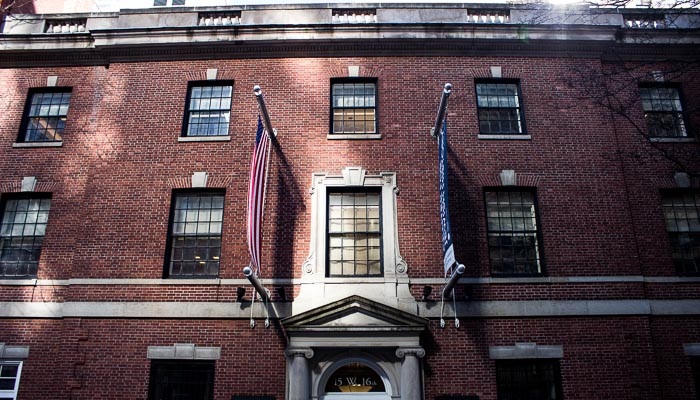

A variety of excellent museums exist in New York dedicated to exploring and preserving different aspects of the Jewish Museum. This abundance allows for institutions to specialize in specific subjects and themes. The Center for Jewish History, a conglomeration of five academic institutions, preserves the modern history of the Jewish experience around the globe.
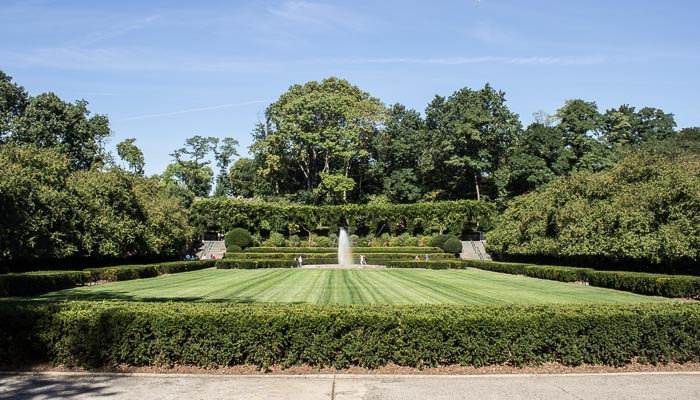

Every visitor to Central Park finds their own favorite spot--secluded bench, perfect vista or secluded glen. And everyone's second favorite spot is in the manicured Conservatory Gardens. Cultivated in the French, Italian and English garden traditions, the gardens transport visitors to the Old World and reinforce the Central Park's revolutionary democratic philosophy.


Central Park would still be the greatest public park in the world if it did not have a zoo. But it does. As the smallest of the city's many zoos, it may not host a full 'day at the zoo' experience, but it is convenient enough for a nice afternoon.
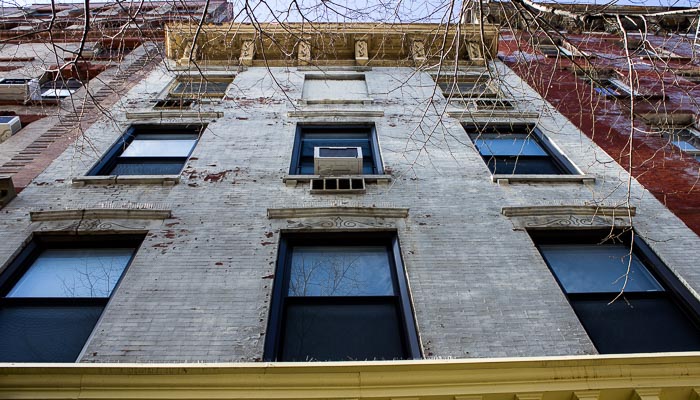

Chaim Gross, the 20th-century American sculptor (with Austrian-Jewish roots), has artworks on display in museums across the city and the world. To delve deeper into his life, process and works, visit his converted home near Washington Square Park and tour three floors of artifacts from his life--one of the few single-artist museums in the city.
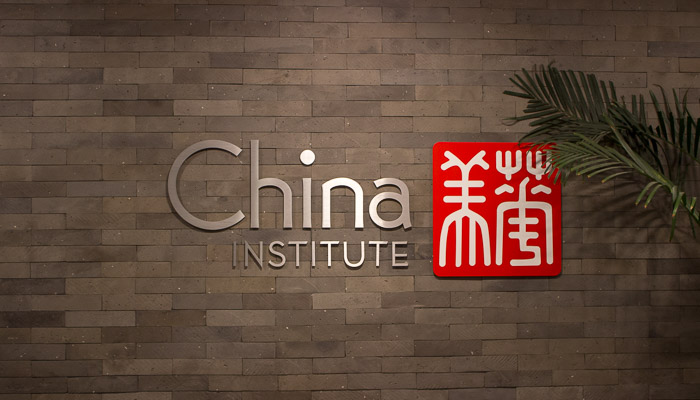

The gallery space at the China Institute contributes heavily to the institute’s mission to promote international understanding and increase understanding of the deep historical and cultural wealth of one of the world’s oldest civilizations. With thousands of years to draw upon, as well as a vibrant contemporary scene, rotating exhibits cover an immense variety.
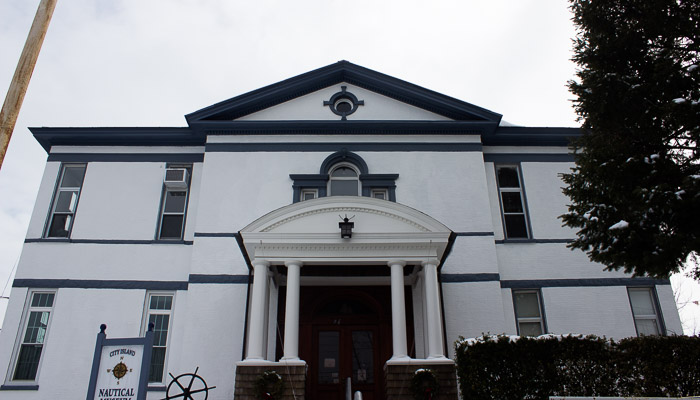

City Island is one of the most unique and unexpected neighborhoods in New York City. Remote by urban standards, the town has managed to retain much of its character as a sleepy fishing village and maintains a connection to the sea that the rest of the city has lost. The Nautical Museum is the perfect place to begin your exploration of this hidden gem.
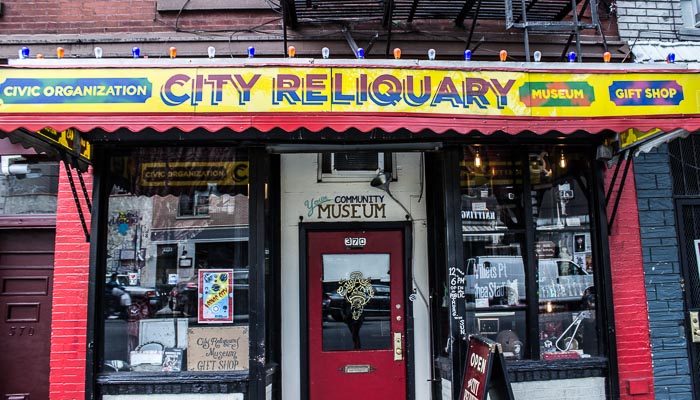

At the other end of the spectrum from the New-York Historical Society lies the City Reliquary, an esoteric collection of urban detritus and historical tchotchke. No individual piece makes the trip worth it; the collection functions as a whole and creates a charming window into the New York of yesteryear. One of the most unique museums in the city.


The least visited of the Met's three branches is also the most beautiful. One of Manhattan's architectural wonder--a building that incorporates actual remnants from medieval European architecture--houses the majority of the Met's vast collection of Medieval Art. It's far easier to get to than it looks on the map and the views alone are worth the trip.
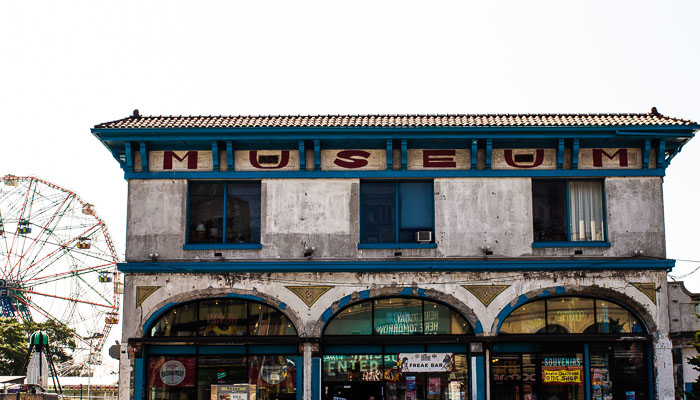

If you find yourself in Coney Island, stop by this charming museum to fill up on nostalgia for the long-lost days of nickel hotdogs, freak shows, liability-free rides, and endless summer crowds. The Coney Island Museum preserves the best of what Coney Island once was and celebrates its fascinating and revolutionary history.
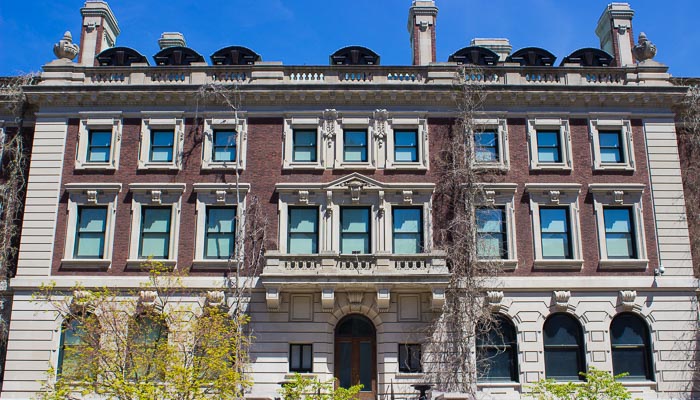

One of only two museums belonging to the Smithsonian Institute outside of Washington D.C. (and the only one to charge admission), the Cooper-Hewitt is the unique in the nation in its efforts to promote and curate contemporary design. The museum takes a broad definition of 'design', spanning topics from decorative wallpaper and aristocratic jewelry to quotidian household and office supplies.
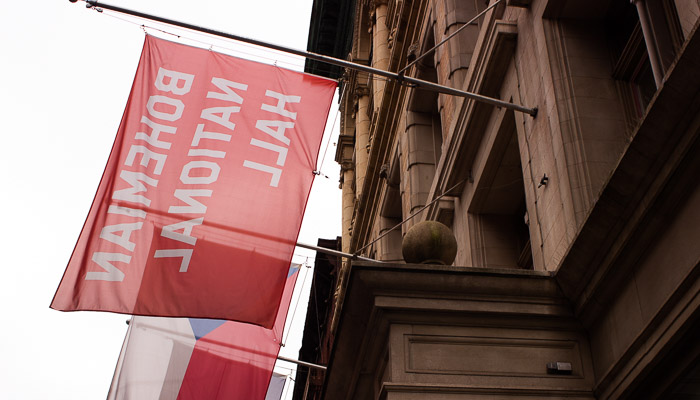

The Czech Republic maintains a solid contribution to New York’s landscape of cross-cultural institutions with a beautiful Upper East Side gallery space. Films, lectures, and events occur almost daily, highlighting Czech and Bohemian culture, supplemented by rotating art and history exhibits. The Czech Center merits repeat visits.
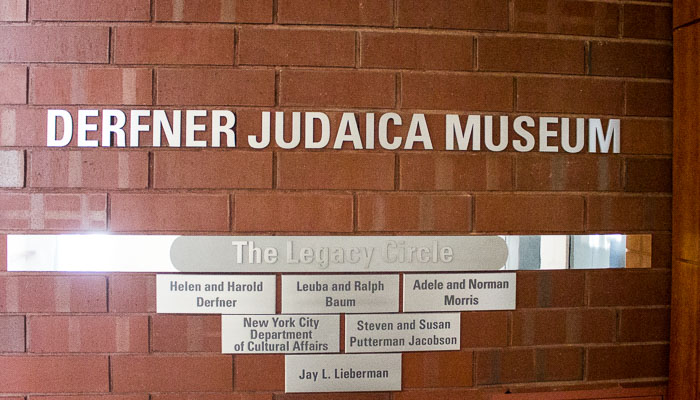

The Derfner Judaica Museum in Riverdale is a surprising little museum. Gallery space borrowed from the Hebrew Home (for the aged) opened in 1968, initially filled with items borrowed from the Jewish Museum to give residents access to beauty. Since then it has grown to an impressive museum in its own right, filled with art and artifacts donated by collectors of Jewish culture.
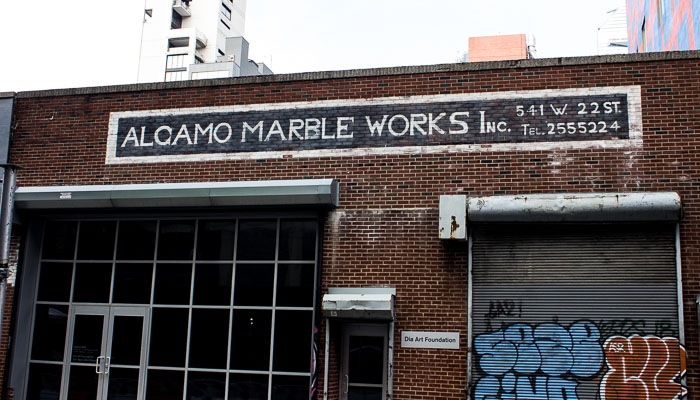

The trip to Dia: Beacon is well worth the time and effort. However, when Beacon is too far away but you need a taste of contemporary art at significant scale, stop by the Dia extension in Chelsea (for the ambitious, dual-admission tickets are available). Immediately upon entering it becomes obvious that Dia is not your usual Chelsea art gallery space.


While the Drawing Center’s mission is to explore a medium often ignored by larger institutions, it takes a very loose definition of what a ‘drawing’. Yes, a pencil on paper. Yes, ink sketches. But then consider others...dust on speaker fabric? Pastel over photographs? Animation cels? Soap on tile? The Drawing Center explores these questions in a fascinating way.


There was a time when much of Manhattan was rural farmland; small communities connected by long, empty roads. The last vestige of this age is preserved the Dyckman Farmhouse Museum, centered around William Dyckman’s home, originally built just after the Revolution. In a city obsessed with superlatives, hitting the oldest building in Manhattan is a must.
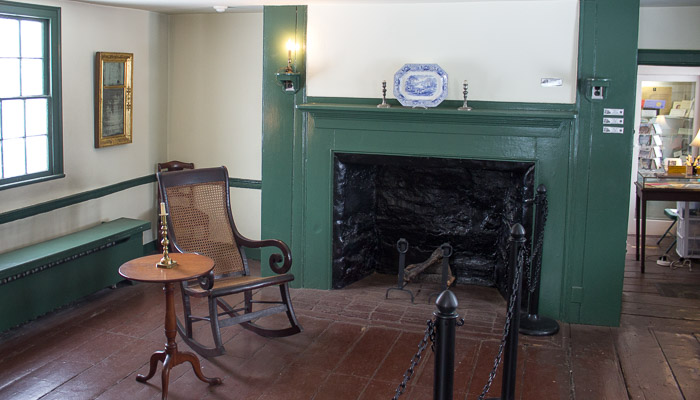

Every city on the eastern seaboard lays claim to America’s favorite gothic writer, Edgar Allan Poe. New York City’s claim is based on the Bronx home he and his family occupied in the late 1840s. The home has been preserved (though moved from its original location) and is open to visitors seeking to pay homage to the original master of macabre.
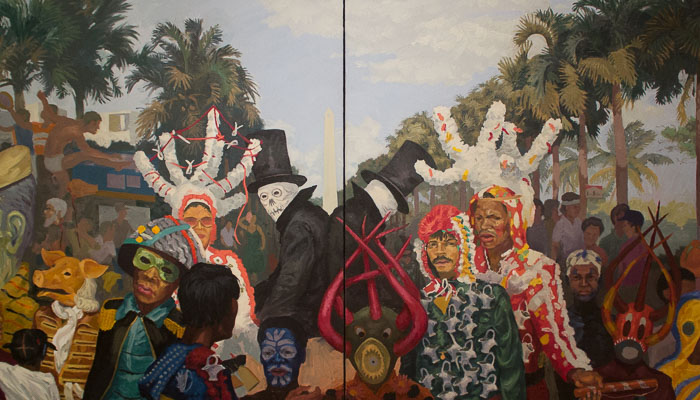

As much metaphor as museum, El Museo del Barrio stands at the top of Museum Mile, contrasting the stoic old masters in the museums to the south with an active, contemporary collection produced by vibrant artists from Latin America and the Caribbean. Recently reopened after a year-long renovation, El Museo is better than ever.
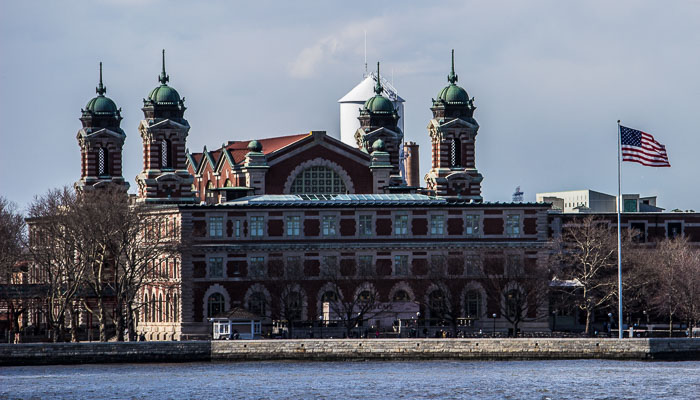

Ellis Island, as much as the Statue of Liberty, is the symbol of America as a country of immigrants. For decades the island served as the processing center for European immigrants arriving in the United States. The National Park Service has restored the center to its former glory and visitors can relive the experience of setting foot on free soil for the first time.
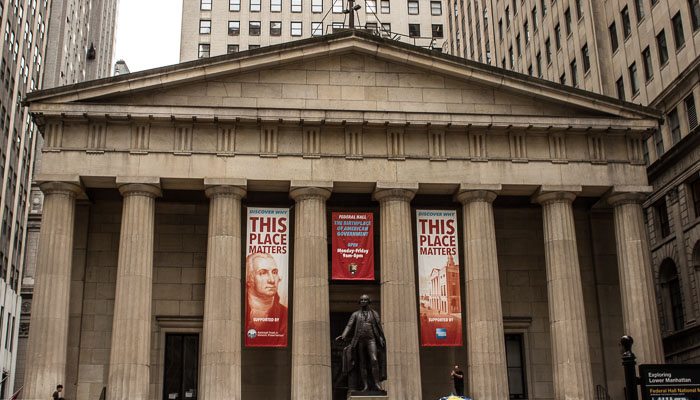

Where other cities put a plaque on the houses where Washington slept, New York has erected a giant statue on the spot General Washington became President Washington. While the actual building has long since been replaced by the current neoclassical gem, the history that was made here changed the nation and the world. If you can't make it to D.C., Philly or Boston, this is the best spot to explore early American government.


Some of the oldest objects in New York museums, dating to the 10th century B.C.E. are housed not in the Met or the AMNH, but in a small corner of the Fordham University library. The impressive collection of art and artifacts from the ancient and classical world amassed by William D. Walsh is on public display on the Bronx campus.
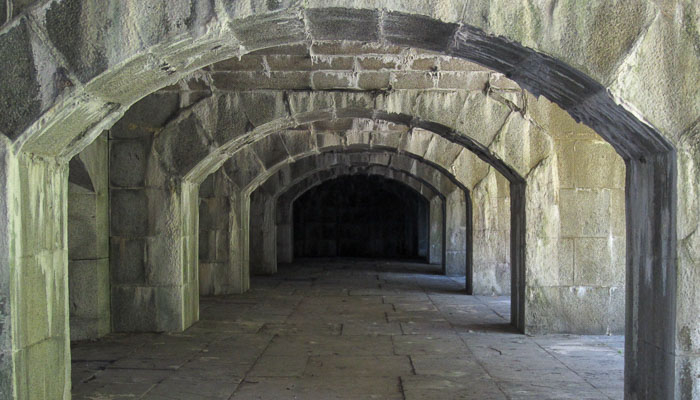

Though not technically abandoned, Fort Totten is one of the most interesting and accessible abandoned locations in New York City. The fort holds the distinction of being the last one built (though not technically finished) by the United States military, officially marking the end of the fort age. Wander the ruins and enjoy the surrounding park.
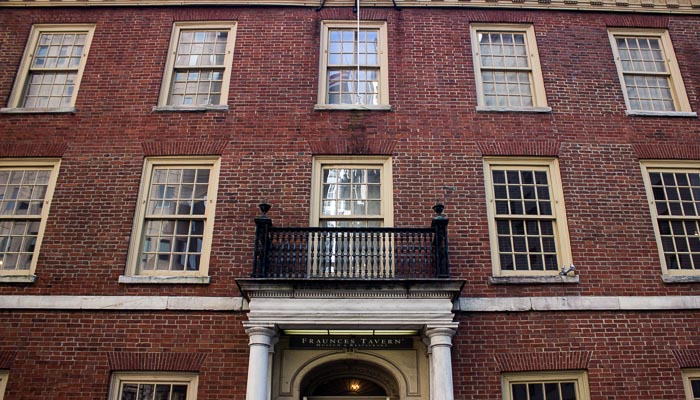

For the key role New York City played in the American Revolution, compared to Boston and Philadelphia, very little remains of the city's revolutionary days. Progress (as well as the burning of New York during the revolution) has erased almost all the buildings dating to that era. Fraunces Tavern, site of Washington’s Farewell to his Officers, is a rare and invaluable exception.
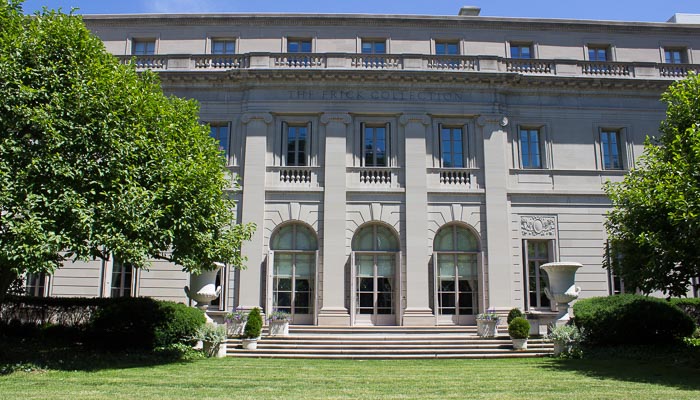

Henry Clay Frick's estate retains the aristocratic spirit of the Gilded Age better than any of the other mansions-turn-museums lining Fifth Avenue. His impressive collection of European art and decor is on public display, but in a very private space that makes you feel like a glowering Mr. Frick could round the corner at any moment.


Right at home on the Lower East Side, the Front Room Gallery hosts rotating exhibits highlighting the works of emerging contemporary artists working in a variety of media (as well as occasional retrospectives of established artists). Openings can be a scene, but midday visits allow you to discover your new favorite artist at a leisurely pace.
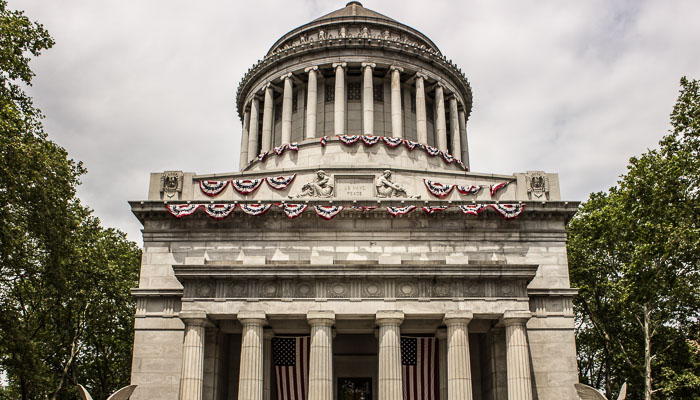

Better known as Grant's Tomb, this monument to the victorious Union general and a two-term president is the largest mausoleum in the country and a tribute to the esteem contemporaries once held for U.S. 'Unconditional Surrender' Grant. Surprisingly few visitors make the short pilgrimage uptown to visit, making the surround park and overlook of the Hudson a serene escape from the city.
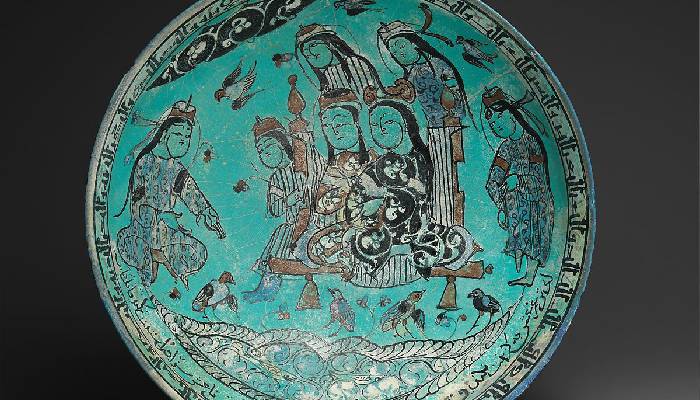

Godwin-Ternbach, CUNY’s flagship museum hosted on the campus of Queens College, maintains an impressive permanent collection of art and artifacts from every continent, spanning thousands of years. Rotating exhibits reflect the diversity of Queens and highlight contemporary artists and cultural movements from around the globe.
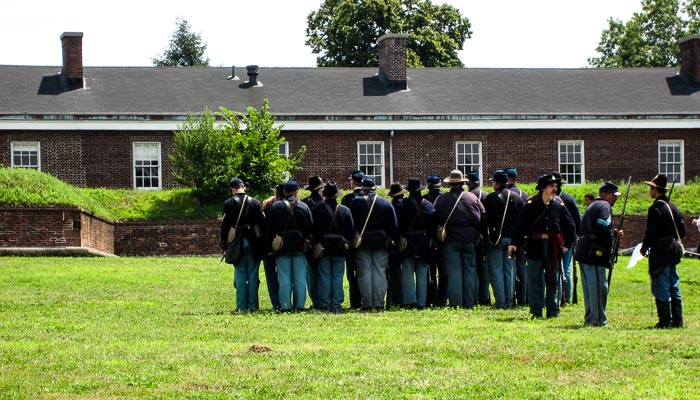

By a happy accident of military history, a small island in New York Harbor escaped the centuries of development that transformed almost every other inch of habitable land in the area. Transferred from the coast guard to the city, Governors Island is a critical oasis of open space in the urban desert ringing the harbor.
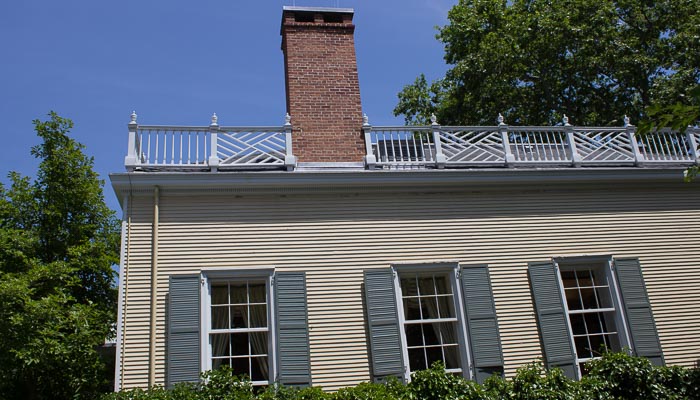

The Mayor of New York City manages a city with a population larger than Switzerland and, according to former Mayor Bloomberg, the seventh-largest army in the world. An executive of that stature deserves a "Little White House" and Gracie Mansion, the 1799 country home serves that purpose.
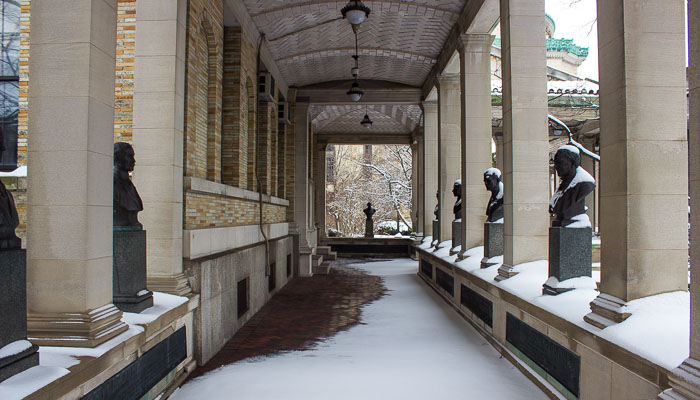

Celebrating the influential men and women who have made lasting contributions to American society, the Hall of Fame for Great Americans is a fascinating, ambitious, and largely ignored, monument on the campus of Bronx Community College. Busts of great scientists, artists, politicians and economic leaders create a highlight reel of American history.


NYU has collected an impressive variety of artworks, which are curated and managed by the Grey Art Gallery in Washington Square. Abby Grey donated her impressive collection of South Asian and Middle Eastern art, supplemented by the University’s own acquisitions. Given the university association, exhibits are detailed and academic but remain accessible to casual visitors.
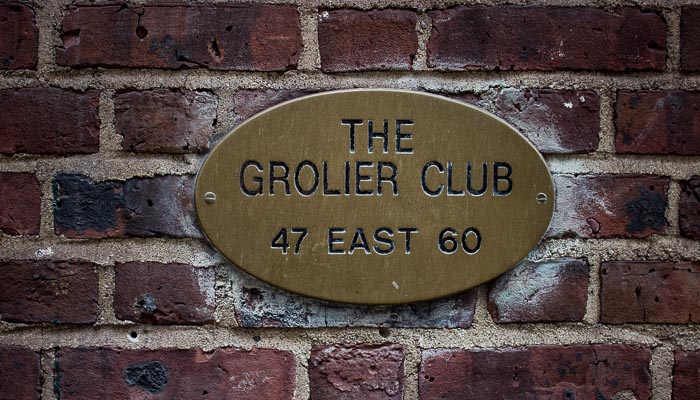

The Grolier Club is an elite, private club of devoted bibliophiles with a proven dedication to researching and collecting rare and beautiful books and other graphic arts. The private club hosts a public gallery space in its midtown headquarters with fascinating exhibits delving deep into its members' collection of books and media.
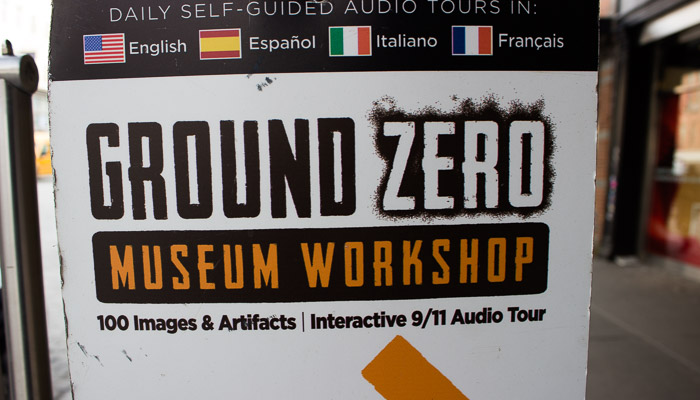

Not to be confused with the nearby 9/11 monument and museum, the Ground Zero Museum delves into the experiences of those involved in the rescue, recovery and rebuilding efforts at ground zero. Focusing on photographs and artifacts of the early weeks of recovery, the museum is a solid supplement to a September 11th-themed tour.


As critical to the New York museum landscape as the Met itself, the Guggenheim Museum merits a visit for the seminal building alone. The museum's specialty is large scale seasonal exhibits integrated into the unique space. Its small permanent collection is easily overshadowed by whatever occupies the Rotunda, but be sure to leave time for it.
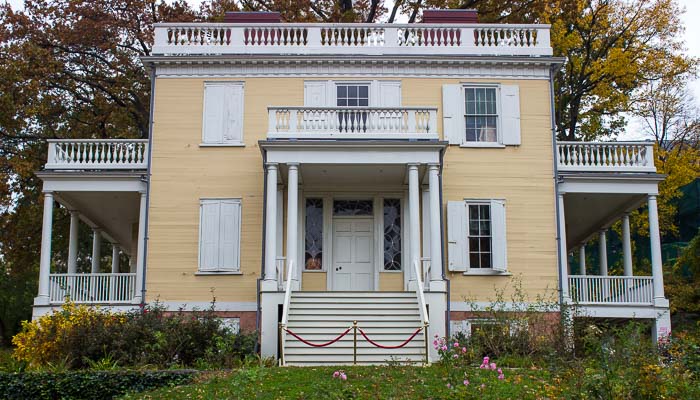

The only known home of New York City's favorite Founding Father sits in a peaceful corner of St. Nicholas Park in Harlem, not far from its original location. Managed by the National Park system, the site presents the rich history of Alexander Hamilton and his country home.


The HUC-JIR museum occupies a unique space among the many museums in the city exploring the history and culture of Judaism. Its association with the college leads to detailed, academic exhibits that delve into highly specialized artistic movements and influential Jewish Artists. Exhibits are generally on display for a year or more.
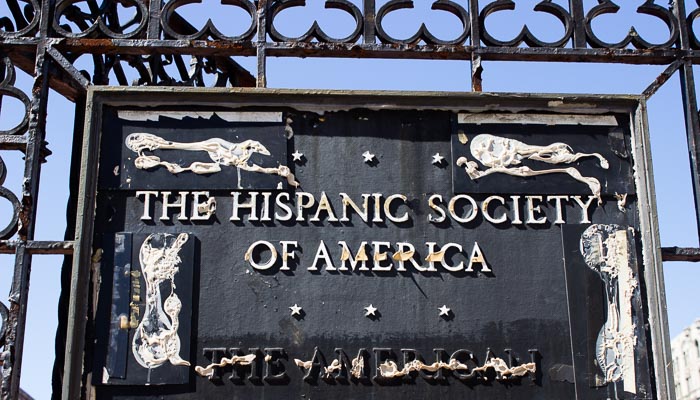

When the Met, Guggenheim or MoMA curates an exhibit on art from Spain, look carefully at where the works come from: at least half of them are on loan from the Hispanic Society Museum. The cozy, Upper Manhattan space has wall-to-wall, floor-to-ceiling works from Spain’s golden age. If they aren’t in the Prado, they are likely here. The museum is closed for a long-term renovation.
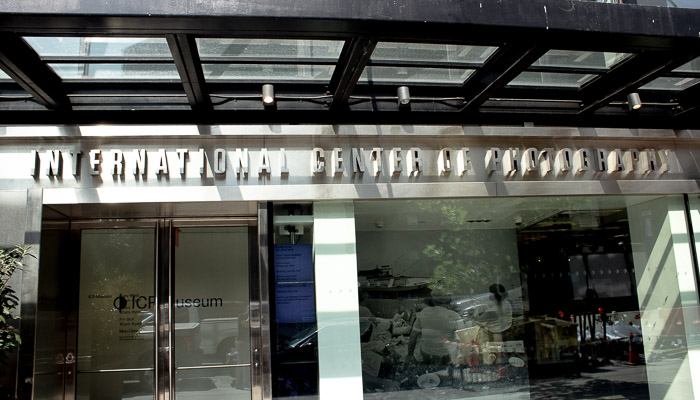

It can be difficult to keep track of where on the island you can visit the fascinating exhibits hosted by the International Center of Photography. After moving to the Bowery in 2014 the museum and its associated school are slated to move again to the Lower East Side next year. Stop by to see the last handful of exhibits in its current home and plan on exploring the undoubtedly beautiful new location in 2019.
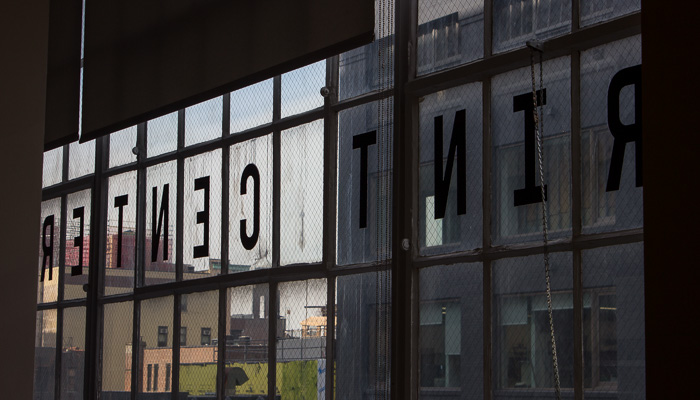

Printmaking has enjoyed a popular renaissance in recent years and fine art prints are found throughout contemporary art galleries. The International Print Center was founded well before this renaissance began and has served as the epicenter of printmaking internationally. At the base of the Highline, it is a perfect part of a Chelsea gallery day.
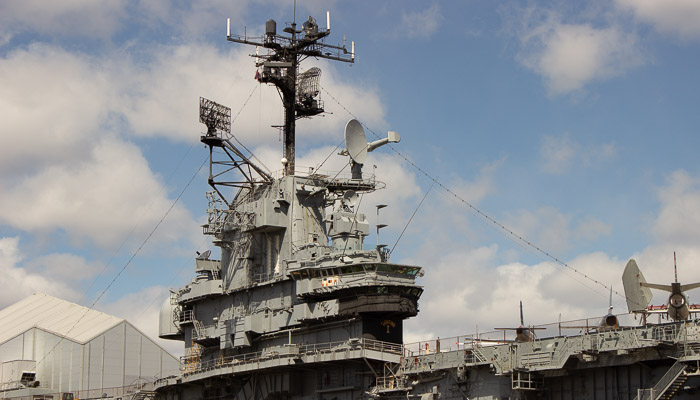

The greatest city in the world would feel somehow incomplete without a retired aircraft carrier permanently docked on a midtown pier. Luckily, the USS Intrepid, a massive, Essex-class ship dating from World War II, still capable of defeating the combined navies of half the world's countries, was no longer needed by the U.S. Navy. Since 1982 the carrier has served as the unique home of the Sea, Air and Space Museum and hosted a range of fascinating exhibits and events.
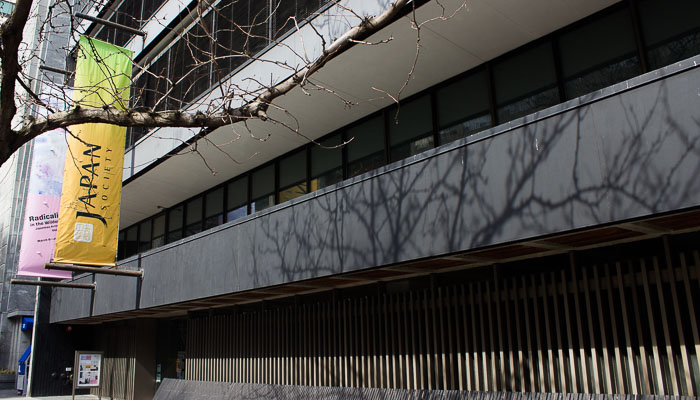

The center of Japanese Culture in New York can be found at the Japan Society, near the United Nations in midtown. The institute is one of the larger cross-cultural societies in the city and hosts a variety of programs focused on increasing the understanding and appreciation of Japanese culture, history, and art.
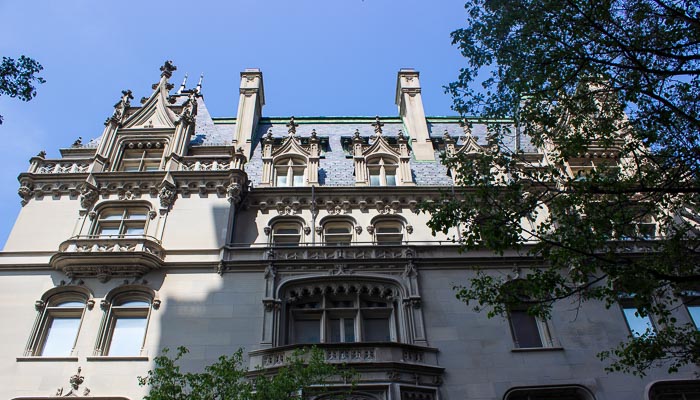

With over 3,000 years of cultural influence to draw upon, the Jewish Museum is never short of intriguing and relevant content. The permanent collection guides you through the long history of the Jewish people, while historic and contemporary creatives from across the artistic spectrum are featured in the informative temporary exhibits.
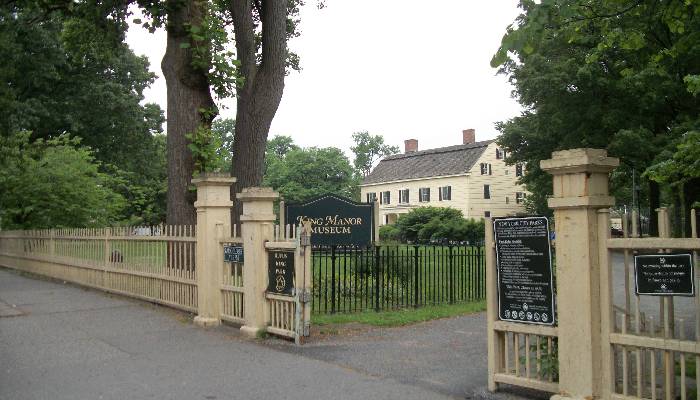

The name Rufus King is not as well known as Alexander Hamilton or James Madison but this Founding Father and signer of the American Constitution was almost as influential. His accomplished life, especially his early abolitionist work, is celebrated in his former home located in Jamaica, Queens.
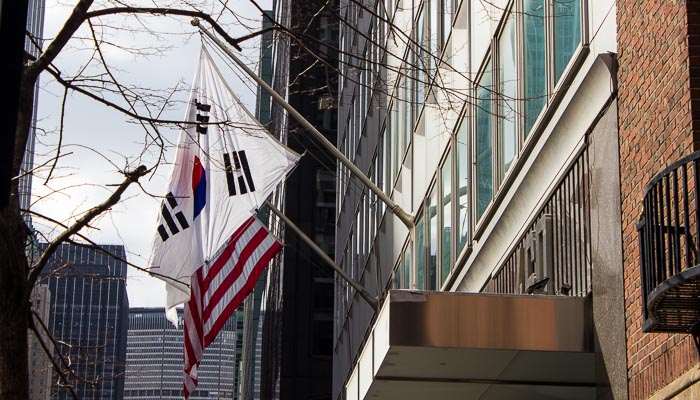

The Korean Cultural Center, sponsored and supported by the Korean government, is dedicated to increasing appreciation of Korean culture in the United States and around the world. With films, performances, and interesting gallery exhibits, the center is the perfect introduction to Korean culture.
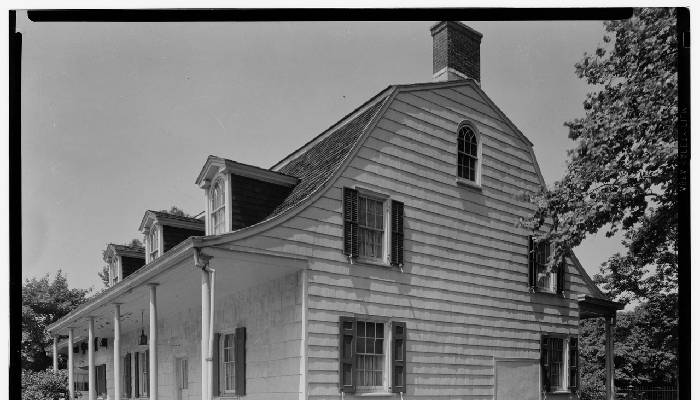

A quaint corner of Brooklyn’s Prospect Park is home to the preserved late-18th-century farmhouse once owned by Pieter Lefferts, a Lieutenant in the Continental Army during the revolution. The house serves as a museum introducing visitors to the Lefferts family and early life in agrarian Brooklyn.
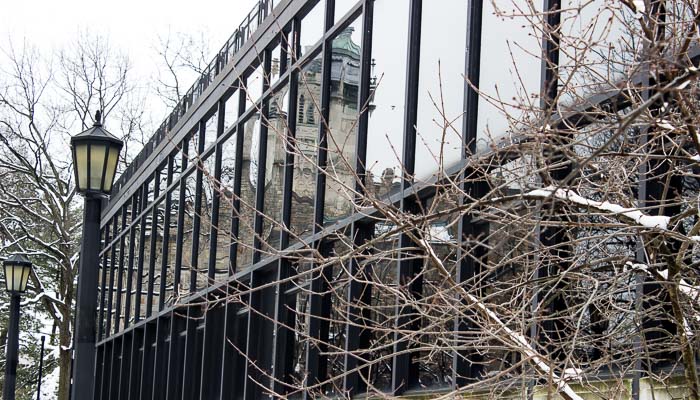

Lehman College in the Bronx manages a small gallery space that hosts unique exhibits of contemporary art, well worth a visit. But a larger contribution the college makes to New York art space is its effort to chronicle and preserve the extensive public artworks found throughout the Bronx. Both the gallery and the tours of public art are well worth a visit.
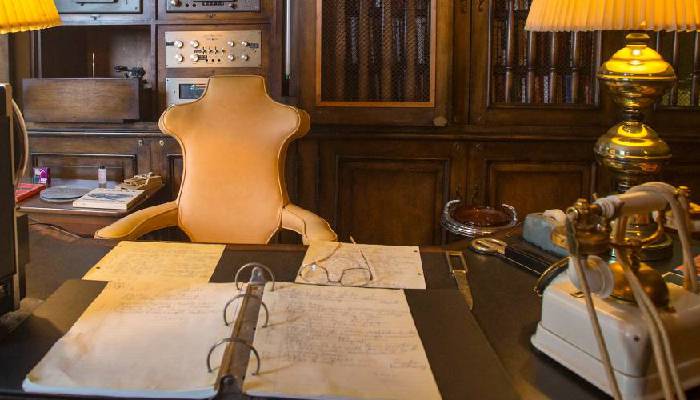

Louis Armstrong was one of the greatest American musicians of the twentieth century, known across the world for his contributions to the world of Jazz. It is striking that a celebrity of his stature would choose to live in a modest Queens home. His house is now a museum dedicated to his life and open to the public by an informative and entertaining guided tour.
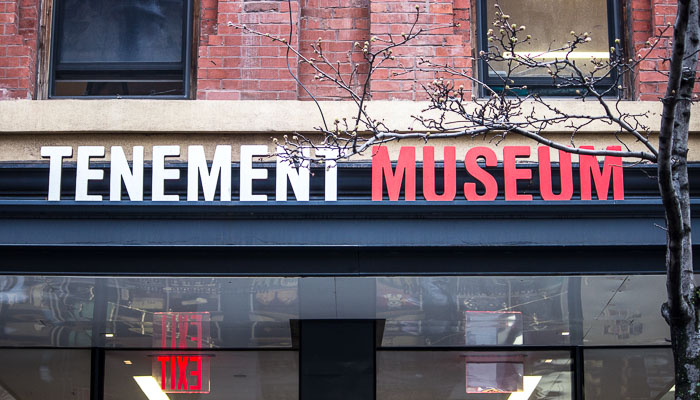

One of the great museum experiences in New York City, the Lower East Side Tenement Museum immerses visitors in the daily lives of immigrant populations that called the Lower East Side home. The building, preserved from development by a happy accident, has been lovingly and accurately restored to reflect different periods and ethnic experiences. A must see.
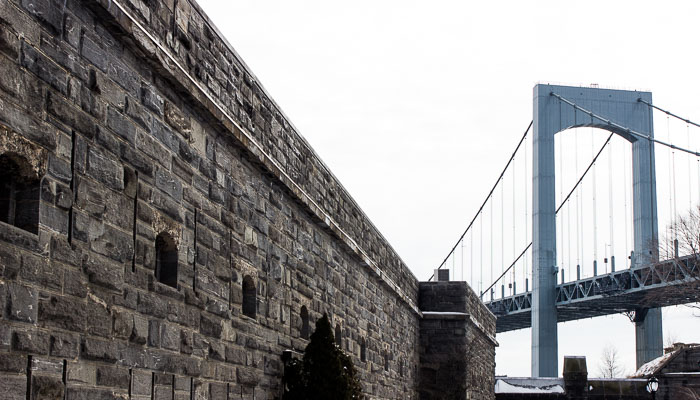

Fort Schuyler, another of New York’s former defenses turned into a museum or monument, is home to a fascinating collection of objects and exhibits relating to New York’s role in Maritime Industry. While the city economy has moved away from the sea, SUNY’s Maritime College, which hosts the museum, keeps those seafaring days alive.
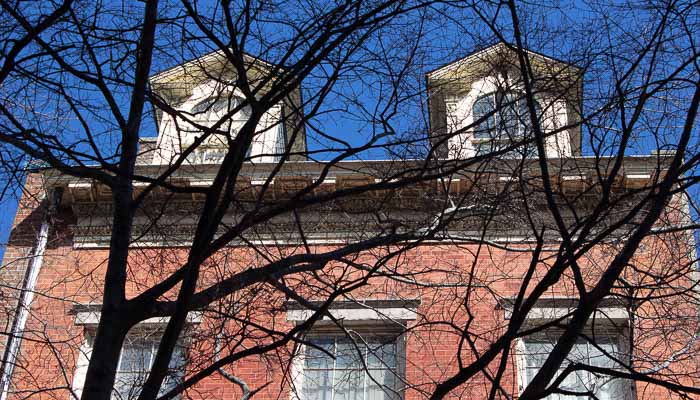

Where the Lower East Side Tenement Museum celebrates to working, immigrant class and the many mansions-cum-museums give a taste of the Gilded class, the Merchant House Museum preserves the lifestyle of upper-middle-class New Yorkers. These weren’t the Vanderbilts or the Morgans, but they lived very comfortably.
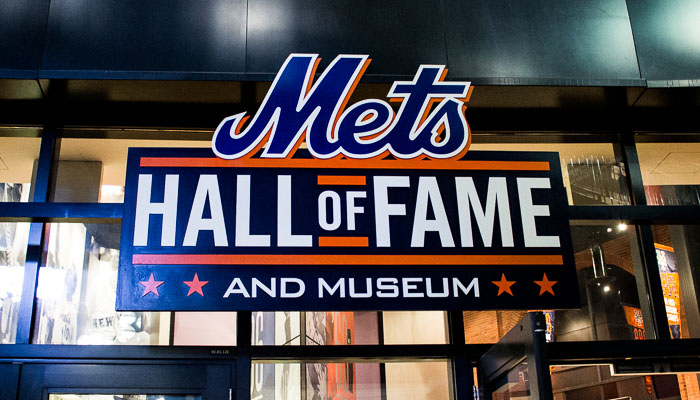

The New York Mets may not have the legacy of their Bronx neighbors, but the team has still been a part of some of baseball’s most historic moments. On game days at Citi Field, arrive early and walk through the team’s history, including the 1986 and 1969 World Series trophies. Also available as part of a Citi Field tour.


The MoMA PS1 takes the risks on exhibitions that not even the MoMA will--contemporary artists fresh from the galleries. Housed in a former public schoolhouse (thus the name), this Long Island City institution has been highlighting active, contemporary artists for over 40 years. Not much in terms of a permanent collection, but the exhibits are often must-sees.
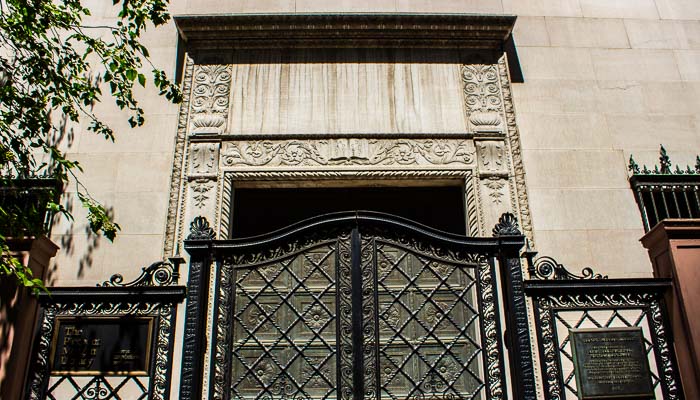

The art and artifacts collected by Wall Street magnate J.P. Morgan during New York's Gilded Age are the foundation of the eponymous museum in Midtown Manhattan. Mr. Morgan amassed an impressive library of rare books, historical documents, and early prints, now on display in his former private library, itself an architectural masterpiece.
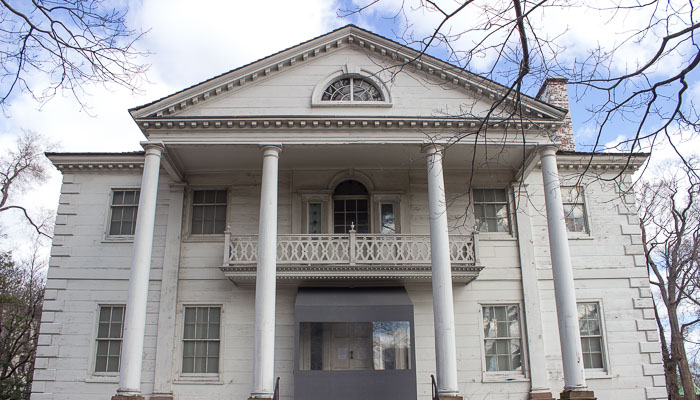

The life of Manhattan’s oldest home is a tour of American history. Roger Morris built the house in 1765 but rightly forfeited it after the revolution (he was a British loyalist). George Washington used the house briefly as his headquarters. Aaron Burr was briefly married to one of the home’s owners. The views are also stunning.
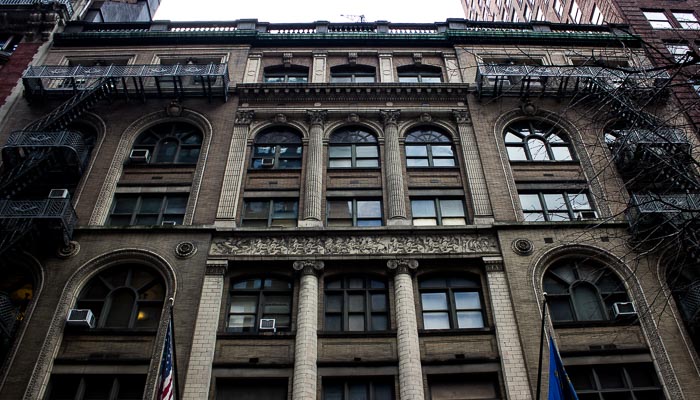

Locks seem an unlikely and mundane topic for a museum--at least until you visit the Mossman Lock Museum. You quickly realize how much civilization has relied upon increasingly-sophisticated locks, as well as their capacity for artistic and mechanical beauty. From tiny, wooden locks to ornate bank vaults, the history of mechanical locks is on display.
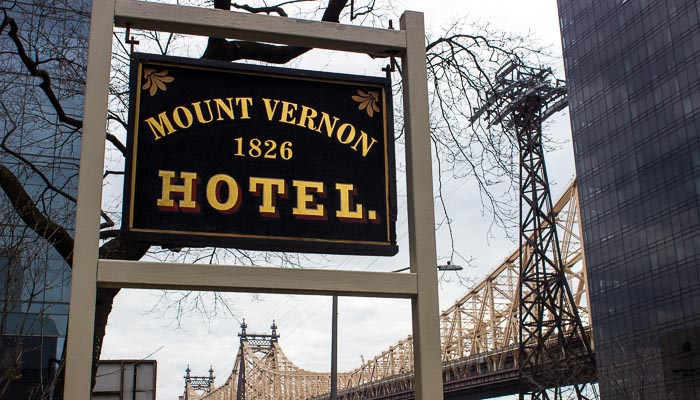

The Historic Manhattan buildings that escaped the endless development of the late 19th and early 20th century are concentrated either downtown or in the extremes of the north of the island. One exception is tucked between midtown skyscrapers on the east side. The diminutive Mount Vernon Hotel Museum dates to 1799 and preserves 19th-century living.


Like the nearby Tenement Museum, the Museum at Eldridge Street celebrates and preserves the period when the Lower East Side was synonymous with new immigrants. The museum is housed in the beautiful Eldridge Street Synagogue, the first synagogue built by Eastern European Jews upon their arrival in America.
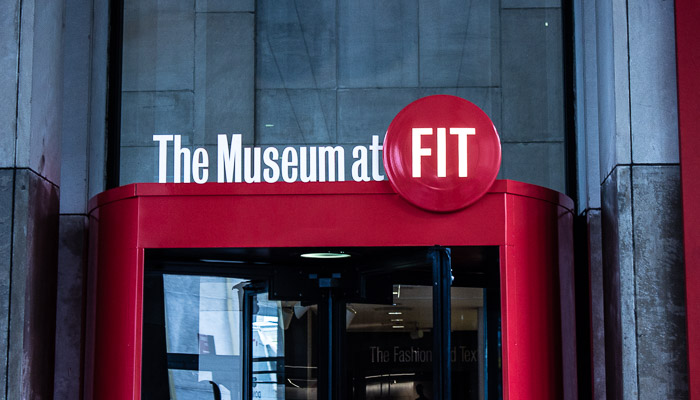

New York City has a museum for everything, and as one of the international centers of fashion, it is altogether appropriate that it is home to one of only six (or so) museums in the world dedicated exclusively to fashion. While you can see dresses, shoes, hats, and jewelry at a variety of other museums, the Museum of FIT does one thing and does it extremely well. Admission is always free and the hours are liberal, so stop in.


Illustration as an art form does not carry the weight of more classical or traditional media, but the museum hosted by Society of Illustrators treats the subject with gravity and respect. While much of the permanent collection is only accessible to students, the careful, detailed quarterly exhibits provide a window into the society’s goals and philosophy.
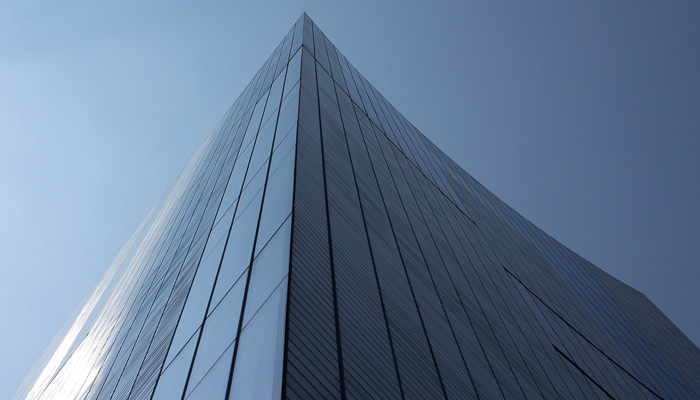

The Museum of Arts and Design dropped the term Craft from its name in 2002, but craft--broadly defined (if at all)--still remains the focus of its collection. Craft does not mean amateur or informal: these are works by talented artists working with unconventional mediums.


The MOCA fills a critical gap in the long, fascinating story of American Immigration. This small museum explores the positive contributions and decidedly mixed experiences of Chinese immigrants, from California gold mines to Chinatown laundries, to Hollywood and the military. It is a fascinating story not told nearly as well anywhere else.
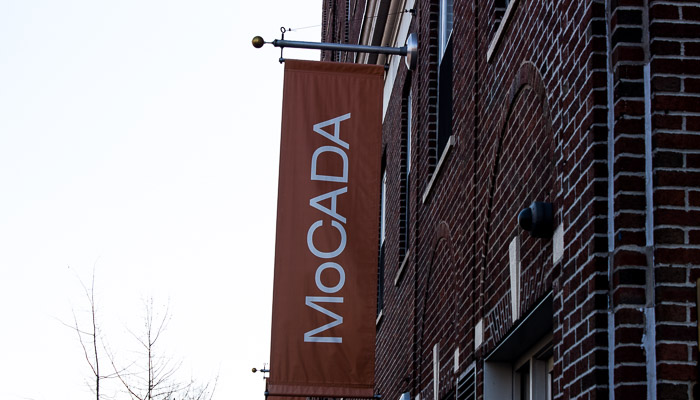

The MoCADA in Fort Greene, Brooklyn is a center of art and culture exploring the modern experience of peoples of African descent outside of Africa. Rotating exhibits invited contemporary artists to explore topics relevant to the African Diaspora in the modern world. Exhibits are timely, relevant and sure to spark conversations.
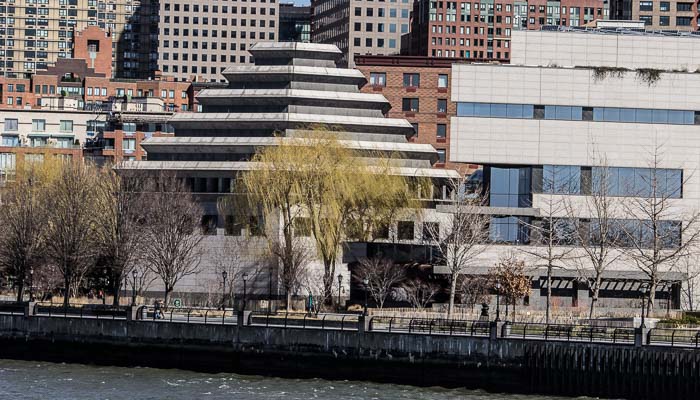

The museum was founded as A Living Memorial to the Holocaust. While other museums around the city celebrate and explore the long history and contemporary creativity of the Jewish people, the Museum of Jewish Heritage explores the dark and tragic experiences of Jewish communities during the twentieth century. It is a somber place to visit--but ultimately hopeful.
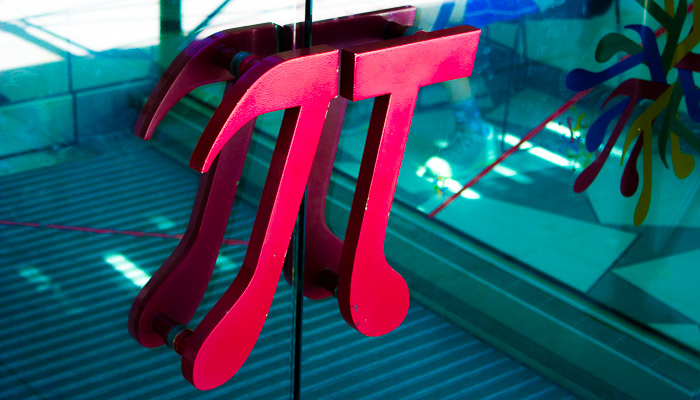

One of the more recent additions to the NYC museum landscape, the Museum of Mathematics (MoMath) fills a topical gap. Despite the potential complexity of its subject, the museum is accessible, even (or especially) for children is quite possibly more entertaining than educational. Come ride a square-tired bike.
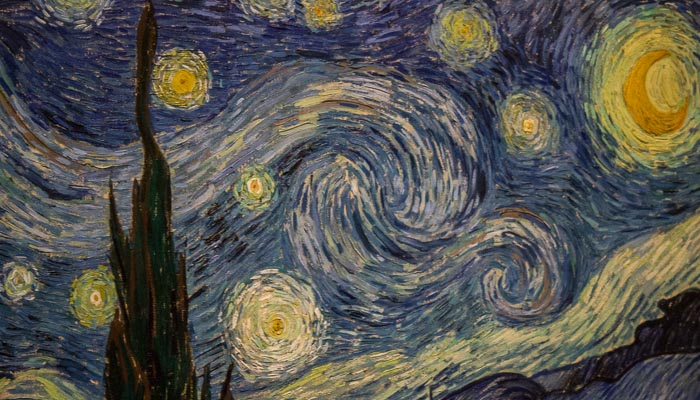

This is where all the art you know is. All the names you remember from art history classes or college dorm-room posters: van Gogh, Dali, Picasso, Warhol, Matisse, Monet, Pollack and all the rest are represented in the permanent collection at the MoMA, supplemented by some of the most popular temporary exhibits in the city.


This fascinating museum seeks to document, educate and advocate for grassroots movements to use urban space in a socially responsible way. Exhibits focus on such topics as community gardens, squatter’s rights, homelessness and other issues of urban space and property ownership. Worth a visit to understand the Alphabet City experience.


Just as the City itself balances the preservation of history and the embrace of modernity, this eponymous museum serves as both a trove of treasures chronically fading New York and a showcase of contemporary urban culture.
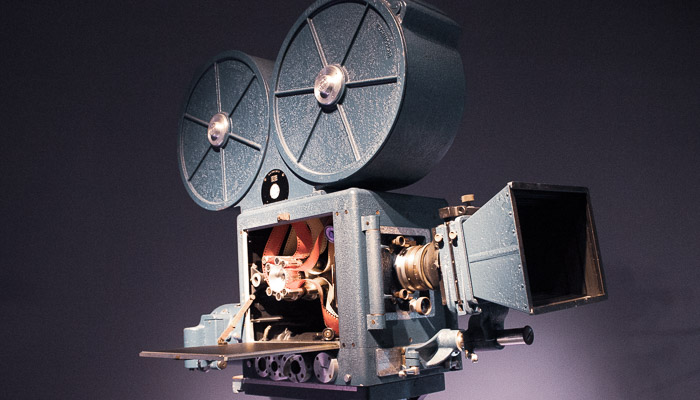

This Astoria institution is one of the best modern museum experiences in the city. The museum celebrates every aspect of an image that *moves* --film, television, animation, video games, YouTube, and gifs. Time your visit with a film you are interested in seeing--usually the daily screenings are included with admission.
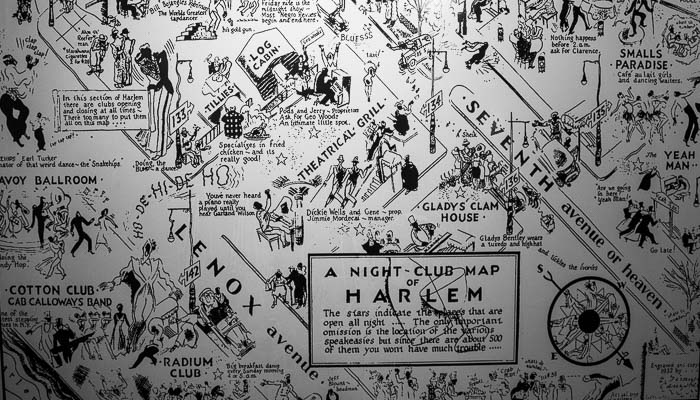

This tiny Harlem-based institution conserves the history of the neighborhoods most influential creation: American Jazz music. See Duke Ellington's piano or listen to selections from one of the most expansive collections of early Jazz music in the world.
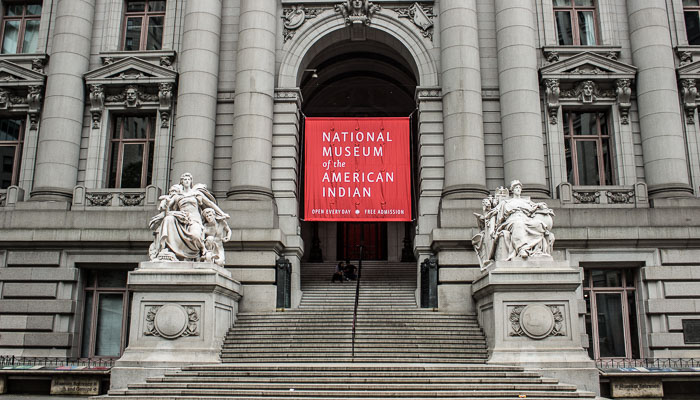

One of the most beautiful buildings in the city contains one of its most tragically under-utilized museums. One of only two branches of the Smithsonian outside of the Washington DC area, the National Museum of the American Indian houses one of the world's largest collection of pre- and post-Colombian artifacts, as well as numerous works by contemporary Native artists. There is no reason not to go.
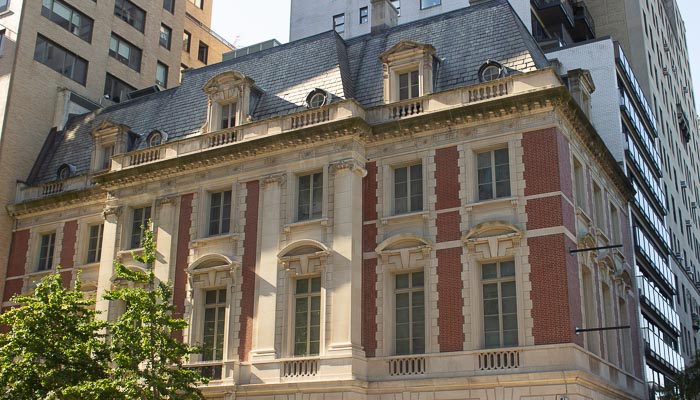

Gustav Klimt looms large at the Neue. While the dorm-room favorite The Kiss is not here, but the $135 million Portrait of Adele Bloch-Bauer I and other major works by the Austrian painter headline the museum's impressive collection of German and Austrian art. Beyond Kilmt, the museum has examples of pieces from the Bauhaus, Vienna Secession, and other Germanic art movements.
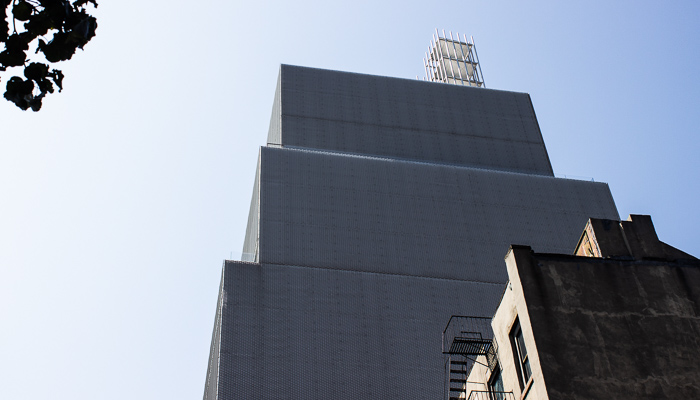

The New Museum's revolutionary founding principles are now common practice for even the most traditional of museums: curating active, living contemporary artists with traditional museum practices. But the New Museum did it first and still, usually, does it best. It is impossible to predict what you will see or if you will like it. The only promise is that it will be new.
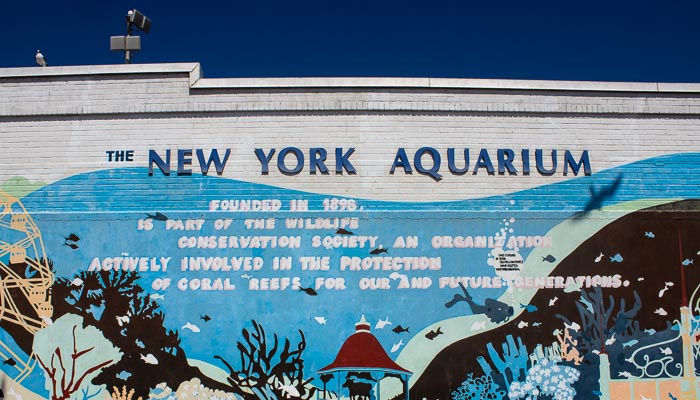

The aquarium is recovering nicely from the devastation of Hurrican Sandy. While many of the buildings are still closed, the blockbuster new Shark exhibit is worth the long trip to Coney Island. Smell the salt air and visit the seals, otters, pelicans, turtles, rays, and fish in the nations oldest aquarium.
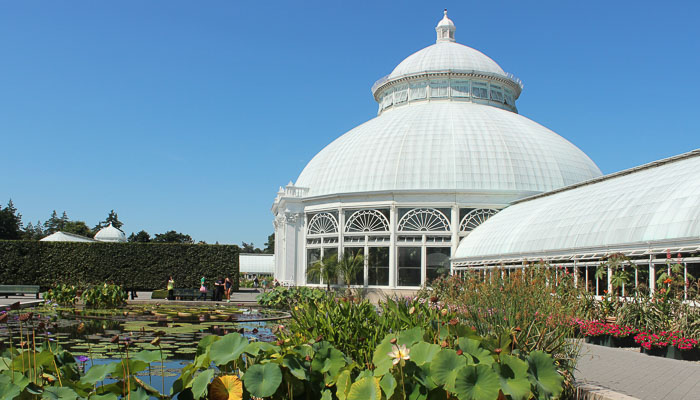

The collection of flora cultivated in the New York Botanical Garden does not usually excite visitors as easily the charismatic fauna in the neighboring Bronx Zoo. A respite in the gardens, with its smaller crowds, expansive trails, and unique exhibits, is a rare opportunity to escape the city without leaving it. Blooms in spring, leaves in autumn, forest paths in summer and winter greenery in the conservatory make this a year-round destination.
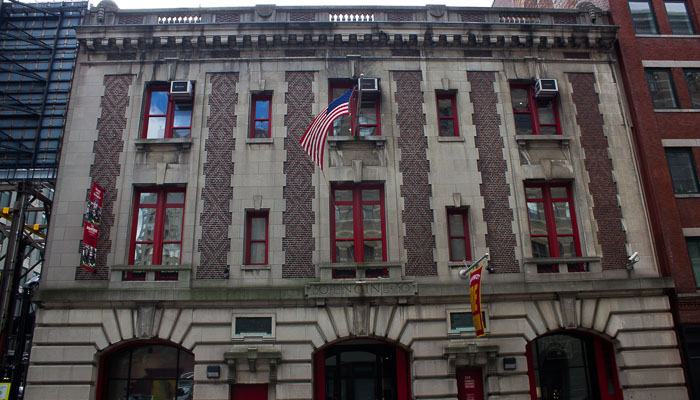

New York City has not had a disaster like the Great Fire of London Fire of 1666 in large part thanks to early efforts at fire prevention and containment. The New York City Fire Museum chronicles the many strategies used to protect the city, from bucket brigades to horse-drawn water tanks to modern suppression systems. Retired FDNY firefighters are often on hand for tours.
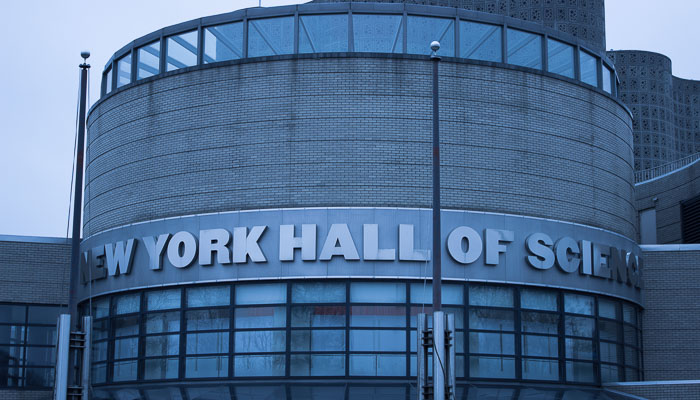

The New York Hall of Science, like the nearby Queens Museum, is one of the few buildings remaining for the World’s Fairs hosted in Flushing in 1939 and 1964. Like most science museums, the target audience is primarily children, introducing them to key concepts in science in an engaging and interesting way.


Despite its name, the New-York Historical Society is one of the most modern museums in the city. Exhibits are necessarily backward looking--this is not a place for avant-garde contemporary art--but they are presented with the latest in technology, design, and interface. With hundreds of thousands of objects in the collection, there is always a new story to be told in a new way.


The New York Public Library is one of the great cultural institutions not only New York City, but of the entire world. The main branch, housed in a striking midtown edifice, is a required stop on any tour of New York City. In addition to timely temporary exhibits, you can spend an afternoon lost among the stacks of unique and varied collections.
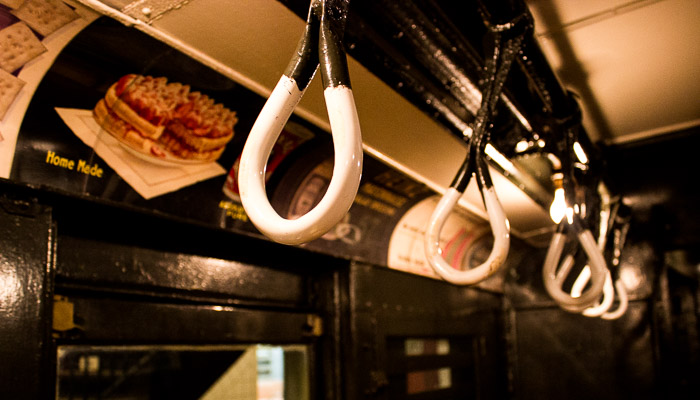

While it does so more slowly than most New Yorkers would like, the New York City transportation system does manage to evolve. The century of evolution and improvement is preserved in an unused subway stop in Brooklyn at the New York Transit Museum. See subway cars from previous eras, including ads, drive a bus, use an antique turnstile and learn about the massive constructions projects that built the system.
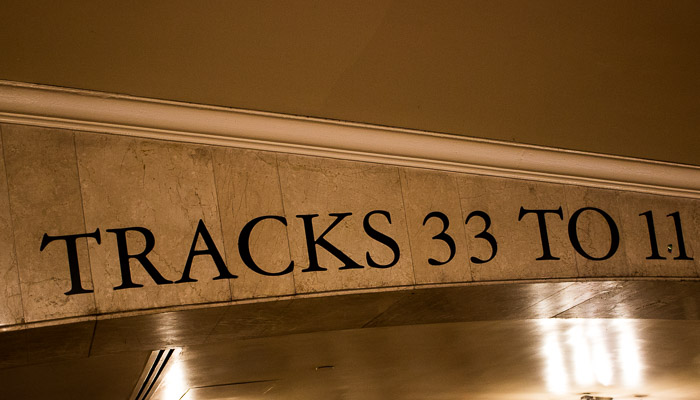

If the main branch of the New York Transit Museum is out of your way, stop by the Annex in Grand Central Terminal. The gallery space hosts rotating exhibits focused on previous or upcoming mass-transit projects undertaken by the MTA. The space is small, making the exhibit a perfect way to kill time while waiting for a train.
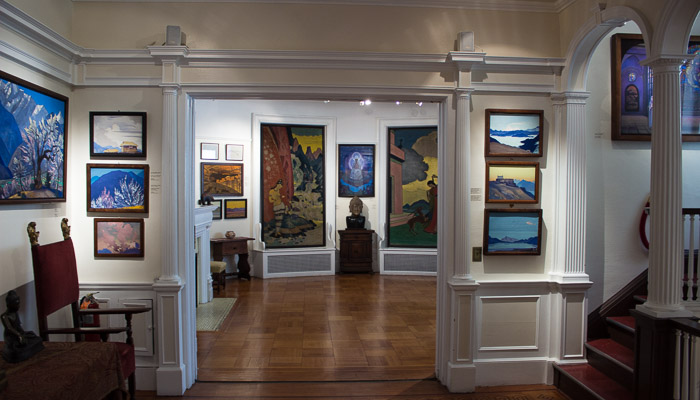

Nicholas Roerich led a fascinating life that took him to the far reaches of the globe. His journeys, both physical and spiritual, can be followed at one the few museums in New York dedicated to a single artist. Tucked into a charming Upper West Side townhouse, a visit to the museum is the perfect introduction to the artist and his life.
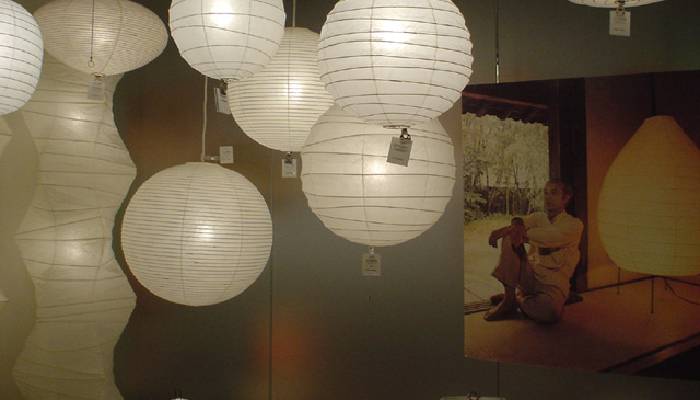

Isamu Noguchi was one of the most influential sculptors and industrial designers of the twentieth century. Noguchi purchased a space in Queens near his home and studio to house important pieces of his work. The museum has continued to expand and improve and today hosts exhibitions celebrating Noguchi and his contemporaries.
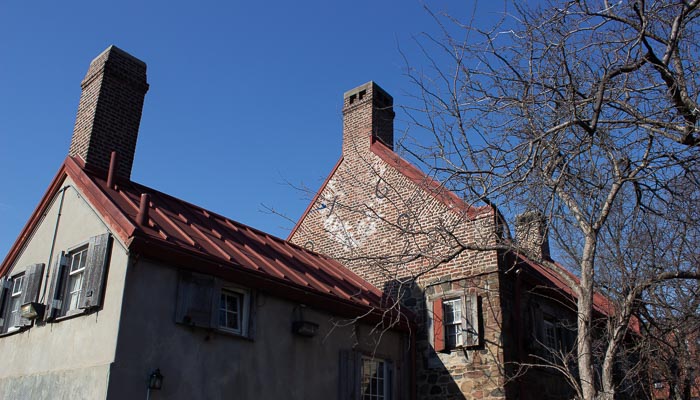

The Battle of Long Island at the beginning of the Revolution began a long series of setbacks for the American cause. The so-called Old Stone House played a key role in that battle. The original house was destroyed, but the current site is a faithful replica and offers an instructive summary of Brooklyn’s role in the Revolution.
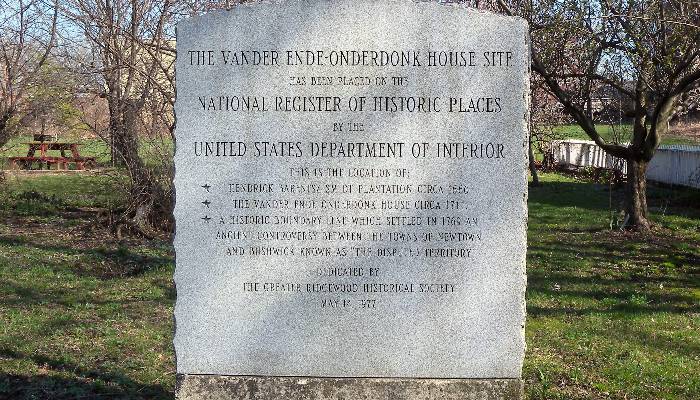

The Ridgewood Historical Society focused on the neighborhood where Brooklyn meets Queens is appropriately housed in the oldest Dutch stone house in the city. The current home dates to 1709 (though major damage through the centuries has necessitated modern restoration). Come for colonial-era events and learn more of Revolutionary Brooklyn.


What was once known more descriptively as the Museum of Television and Radio works to preserve the ever-expanding results of creative broadcast media, including television programs, early radio broadcasts and, more recently, online media. Known for events where the cast of popular programs holds panel discussions, the Paley hosts rotating exhibits on a variety of topics.
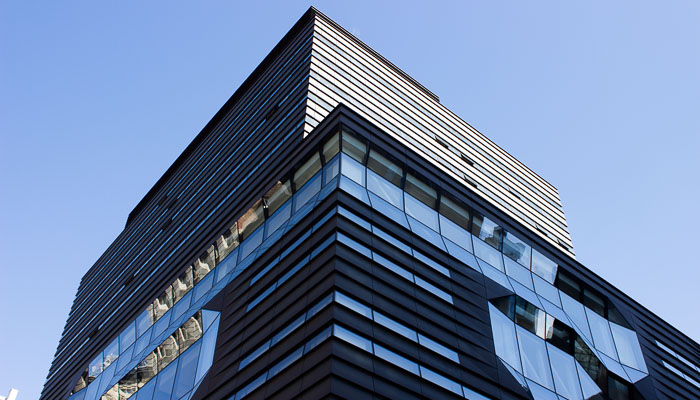

The Parsons School of Design is one of America’s elite universities dedicated to design education. On campus, Parsons hosts two large renovated gallery spaces and invites a variety of design practitioners to display their work for students and the general public, as well as faculty and student shows.


The most charming corner of Brooklyn's Prospect Park belongs to the charismatic sea lions, the shy red pandas, and the friendly barnyard animals at the small zoo managed by the Wildlife Conservation Society.
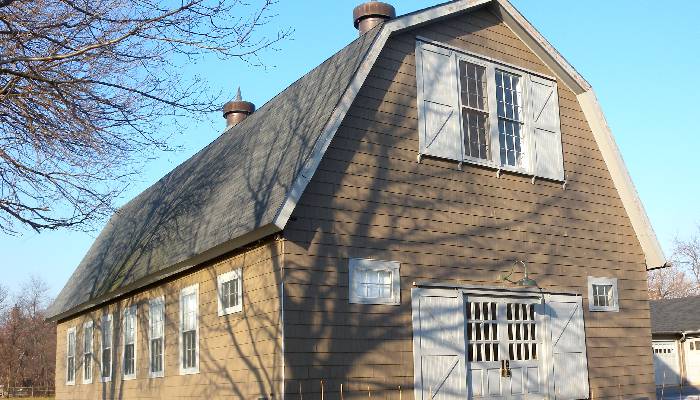

The agricultural history of New York City has long since been paved over, save for this 47-acres of working farmland deep in the heart of Queens. The farmhouse dates to 1750 and is open to tours. The farmland is also open to visitors, offering hayrides, feeding opportunities, and a farmer’s markets. Worth the effort to visit.
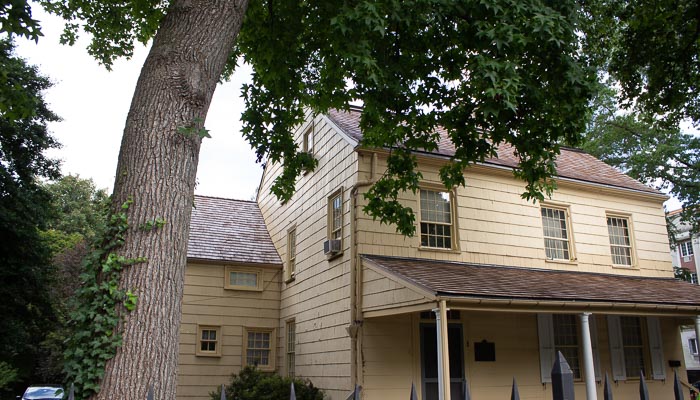

The small but energic Queens Historical Society is dedicated to preserving the diverse history of New York’s largest borough. While events are held around the borough, the headquarters and museums are located in the restored Kingsland Homestead, one of the area’s many historic homes.
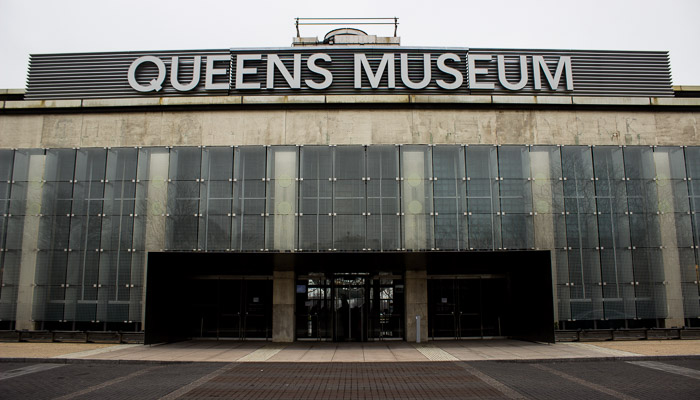

In 1939 and again in 1964 Queens hosted members of the international community for the New York World's Fair. Today, Queens, as the most ethnically diverse area on the planet, continues to play host to the world. The borough's eponymous museum shoulders the task of not only chronically the landmark events that were the World's Fairs, but to nurture and showcase the rising generation of internationally diverse creatives who call Queens home.
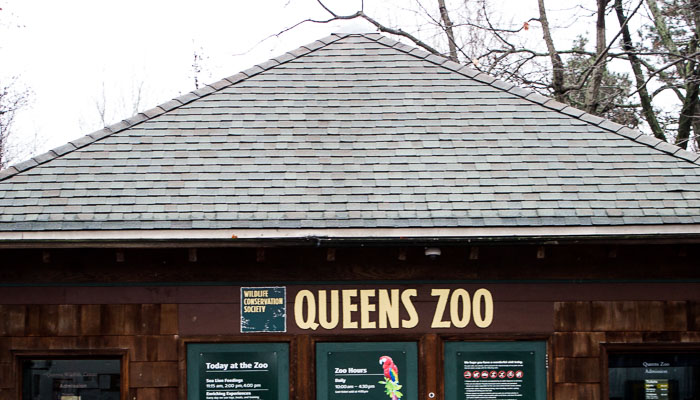

The cultural cornucopia that is Corona Park in Flushing would be incomplete without a zoo. One of five in the city managed by the Wildlife Conservation Society, the small zoo is the perfect compliment to a day at the nearby Queens Museum or New York Hall of Science. And in NYC tradition, you will see sea lions.
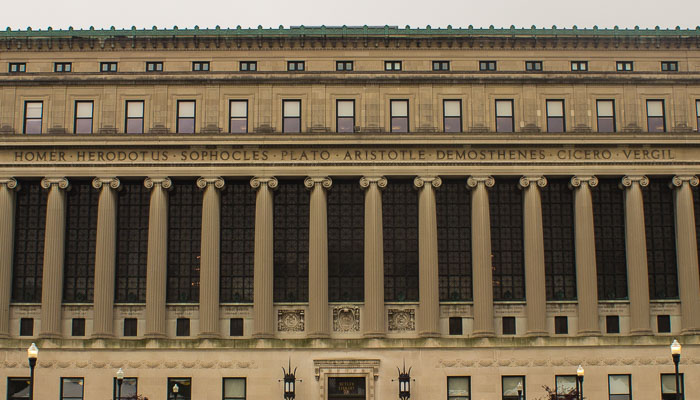

The special collections of Columbia University's Libraries are housed in its Rare Book and Manuscript Library, which is open to the public. The library maintains a vast permanent collection of printed material accessible to researchers with advance permission. For more casual visitors, the library hosts rotating thematic exhibits showcasing the depth of its collections.
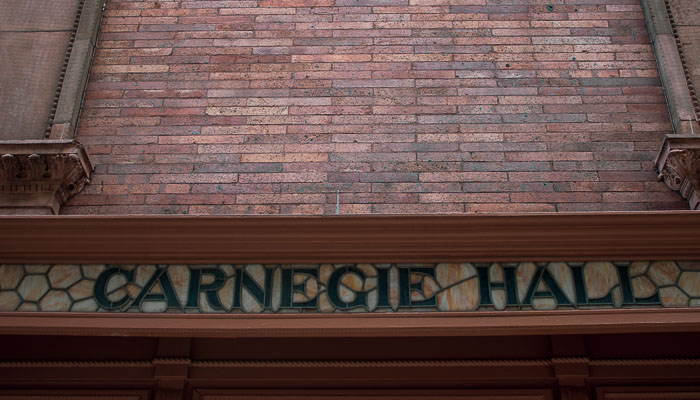

Carnegie Hall has hosted iconic performances from the greatest musicians in the world. But performing arts are necessarily transient and once the show is over little remains. However, the little that does remain--costumes, programs, ticket stubs, promotional posters, is on display in the small museum on the second floor of this historic institution.
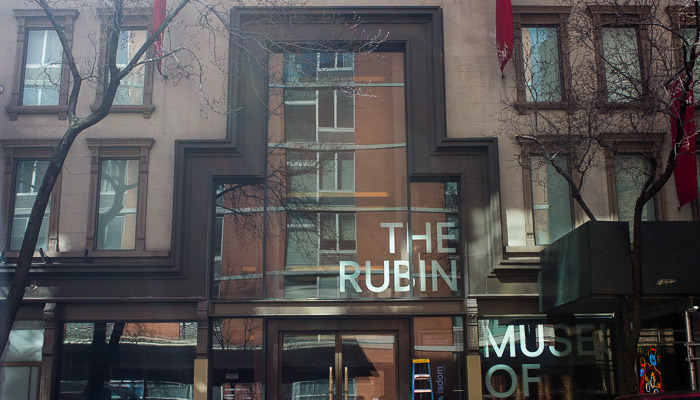

Tibet, Nepal, India and other cultures of the Himalaya’s have produced art and decorations that have fascinated collectors and students for centuries. Donald and Shelley Rubin’s passion for this region led them to amass a collection of artifacts that now serves as the foundation of the permanent collection of the Rubin Museum of Art.
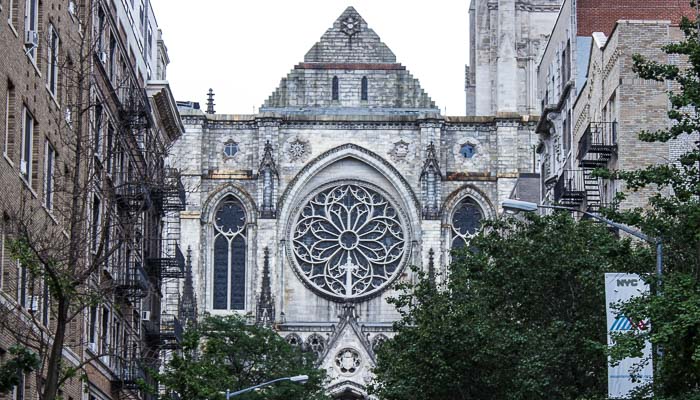

It is altogether fitting that New York City's Cathedral of Saint John the Divine is (possibly) the largest cathedral in the world and also unfinished. Constructed at a pace that makes the Sagrada Familia look like the hare in the long race to completion, the magnificent building may never be finished, but always merits a visit.
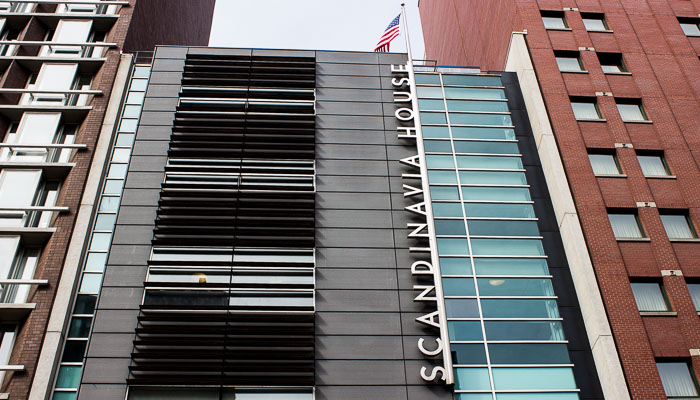

The chic midtown headquarters of the Scandinavia House transport visitors instantly into Nordic culture. From the popular restaurant downstairs to the intriguing exhibit space on upper levels, everything in the space is a reflection of the culture and heritage of Iceland, Norway, Finland, and Sweden (with occasional contributions from Denmark).
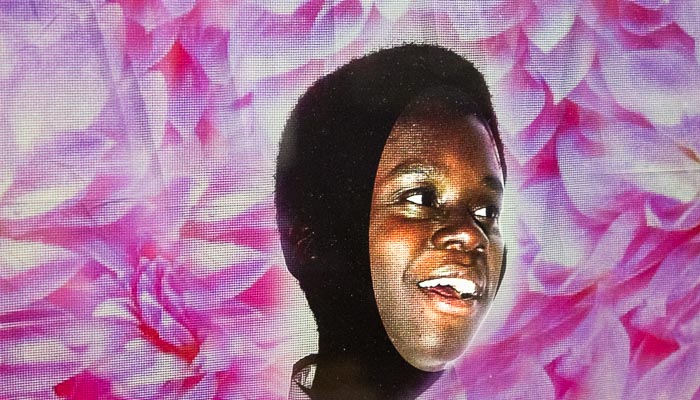

Far more than just another branch of the New York Public Library System, the Schomburg Center in the heart of Harlem is one of world's greatest repository's of Black Culture, exploring the many aspects of the African-American and African diaspora experience through its vast archives and rotating exhibitions.
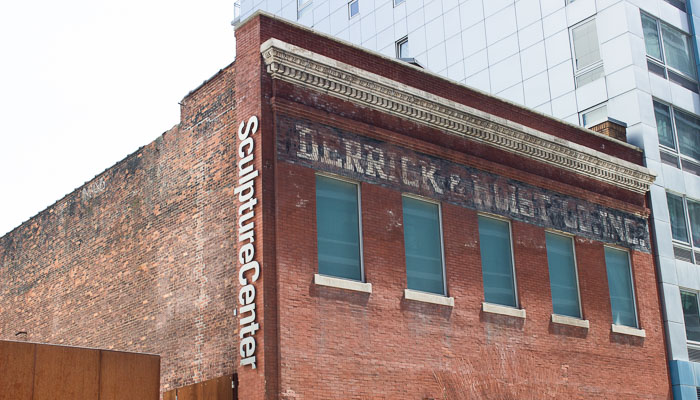

The latest works commissioned by the SculptureCenter in Long Island City should anchor any gallery tour of the vibrant neighborhood. The center hosts creative, and experimental contemporary works, rotating regularly throughout the year. It's current gallery space, inside a trolly repair shop, is a work of art itself.
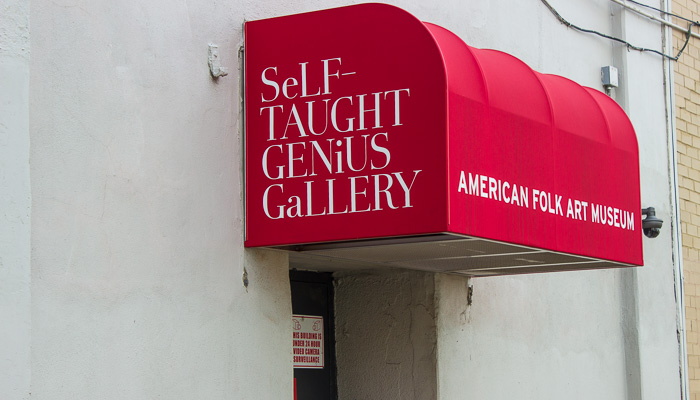

The permanent collection of the American Folk Art Museum far exceeds the gallery space available its west-side home. Overflow from its teeming archives has been on display in Long Island City since the opening of the *Self-Taught Genius* gallery. Like the parent museum, this gallery is free.

While New York is no longer home to the tallest buildings on earth, its skyscrapers were the first and continue to be the best known and is an appropriate home for the Skyscraper Museum. The museum could easily focus just on New York but instead follows the architectural daring and achievement overseas.
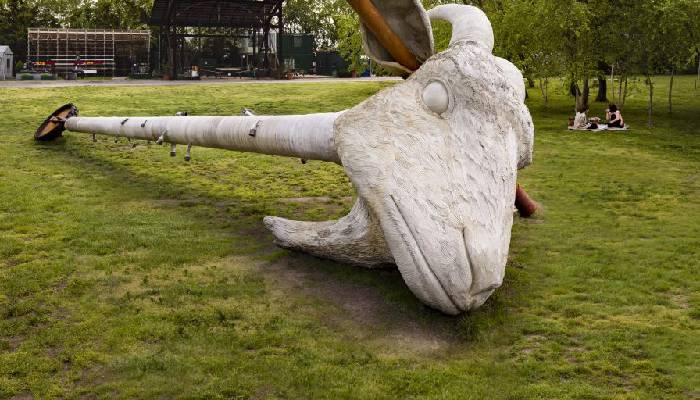

The skyline of Upper Manhattan across the East River provides the perfect backdrop to the eclectic outdoor sculptures hosted each season at the Socrates Sculpture Park. This is a perfect combination of nature, art, and the city, and summer does not begin until the newest sculptures are installed.
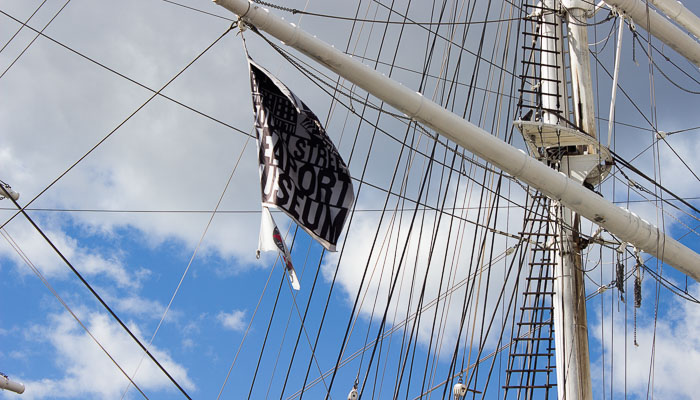

The piers in lower Manhattan near the Brooklyn Bridge were once the busiest commercial areas in the world. Maritime trade has long since moved away from Manhattan, but the neighborhood remains defined by its importance in the economic history of the nation. Stop by to see restored 19th-century buildings and tour historic sailing ships.


The symbol of New York City and America itself, the Statue of Liberty needs no introduction. However, a visit to Liberty Island can be so much more than a few selfies from the base. Scattered throughout the island are fascinating exhibits about the construction of the statue, its role in popular culture and on-going preservation efforts. The view from the ferry alone is worth the trip.
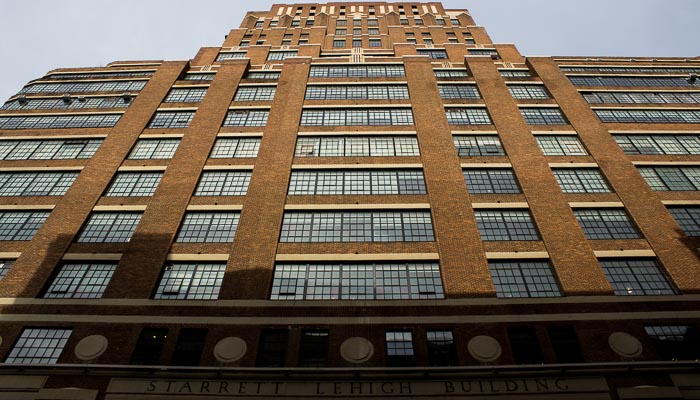

The School of Visual Arts is one of the premier design colleges in the United States. The school hosts rotating exhibits, often featuring students, faculty and alumni, in one of three gallery spaces--Chelsea, Flatiron and Gramercy. Exhibits are free, informative and entertaining and all three can be visited in an afternoon.


The School of Visual Arts is one of the premier design colleges in the United States. The school hosts rotating exhibits, often featuring students, faculty and alumni, in one of three gallery spaces--Chelsea, Flatiron and Gramercy. Exhibits are free, informative and entertaining and all three can be visited in an afternoon.
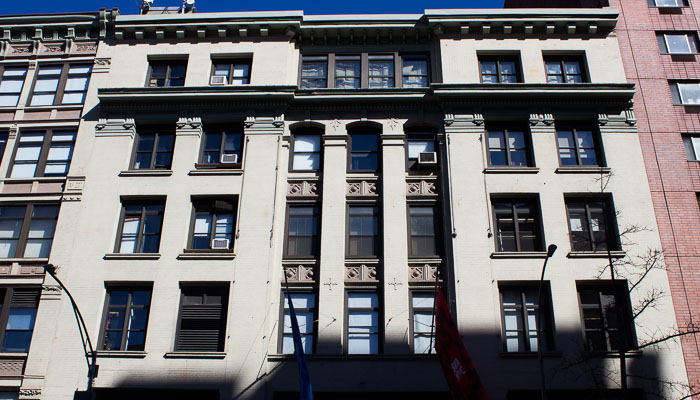

The School of Visual Arts is one of the premier design colleges in the United States. The school hosts rotating exhibits, often featuring students, faculty and alumni, in one of three gallery spaces--Chelsea, Flatiron and Gramercy. Exhibits are free, informative and entertaining and all three can be visited in an afternoon.
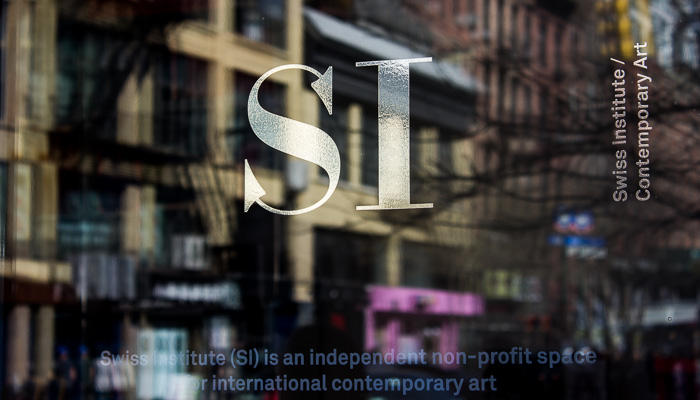

The Swiss Institute is better known by either its shorter name ("SI") or its longer name ("Swiss Institute / Contemporary Art New York"). The institute has moved away from its founding as a showcase for Swiss artists in the United States towards a genuinely international contemporary art gallery. There are no coo coo clocks here.


In a town that has produced luminaries in every field, Theodore Roosevelt stands out. Born and raised in privilege, as evidenced by this Flatiron home, T.R. eschews easy living and instead amassed adventures and accomplishments almost unrivaled in American history. Come see where his fascinating story began.
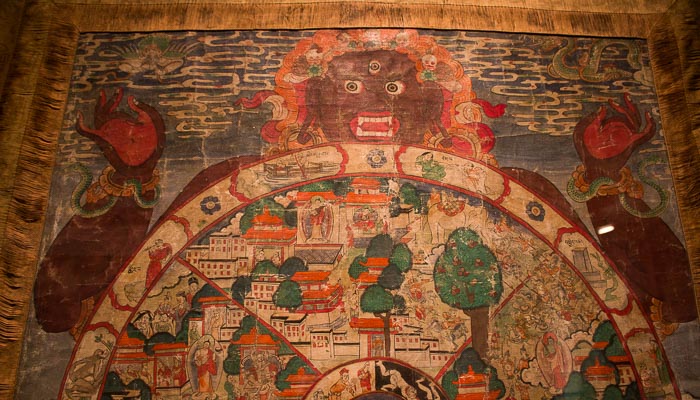

New York City is home to multiple museums dedicated to Tibetan and Himalayan art. While others were founded on the passion of dedicated collectors, the Tibet House in Union Square received the encouragement and endorsement of the Dalai Lama. With the mission to extend understanding of the complicated region in the United States, the center hosts art exhibits and cultural events year-round.
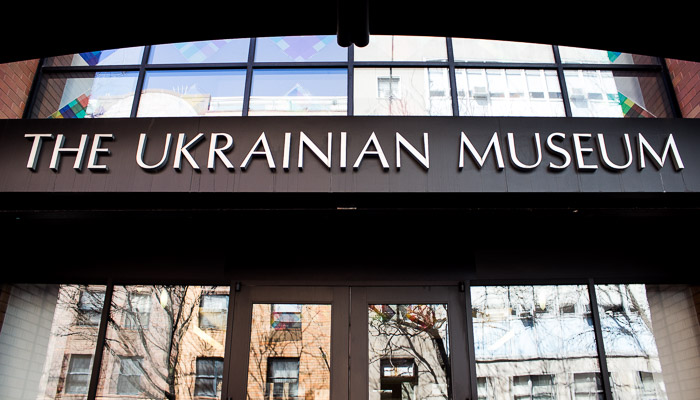

Near some of the best Ukrainian restaurants in the city, the Ukrainian Museum boasts that it is the largest museum dedicated to Ukrainian art and culture in the United States. Exhibits focus on the literature, art, fashion, and history of the country. The museum is celebrating its 40th anniversary.
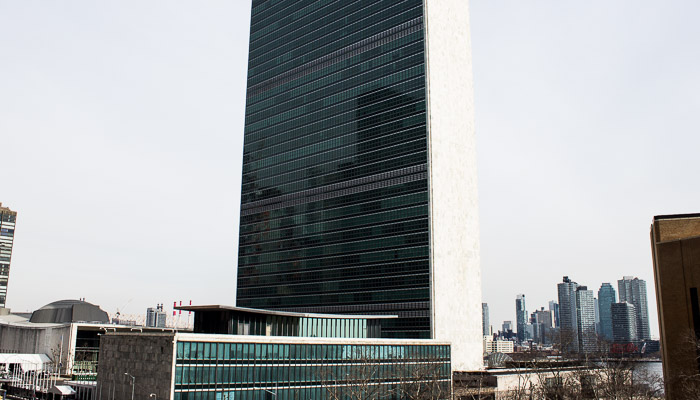

While it takes some advance planning, a tour of the United Nations is one of the highlights of a visit to New York and include a visit to the General Assembly Hall and the Security Council Chamber. If time or planning does not allow, the U.N. hosts a small, free gallery space that is worth a visit, as well.
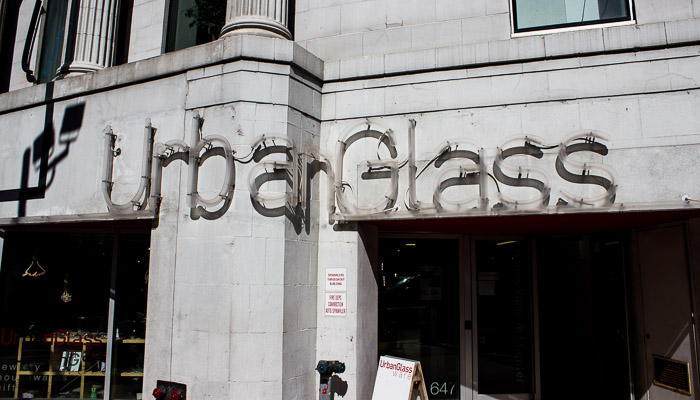

The center for art in the medium of glasswork in New York City is undeniably Urban Glass. This Brooklyn institution features the finest in classes, shopping, and glass-based exhibitions in the city.


The Valentine-Varian house is the second oldest home in the Bronx and the site of significant Revolutionary War action. It is also the headquarters of the passionate Bronx County Historical Society and hosts charming exhibitions in the historical home.
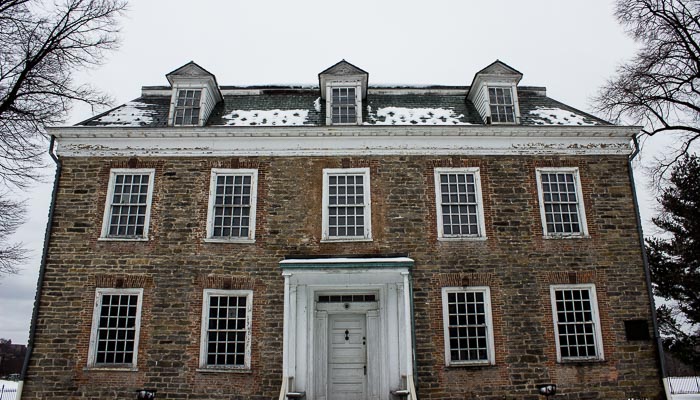

The former home of Frederick Van Cortlandt is the oldest home in the Bronx and one of the first homes to be preserved in the public trust as worthy of historic preservation. In the heart of Van Cortlandt Park, the house welcomes visitors interested in colonial architecture and lifestyle who can enjoy the building and grounds on a well-documented self-guided tour.


The Voelker Orth Museum is a fascinating New York City Landmark preserving the turn-of-the-century home and revisiting the era when the neighborhood was populated by German immigrants. The house is charming, the award-winning Victorian gardens are well-tended, and birds stop by with regularity.
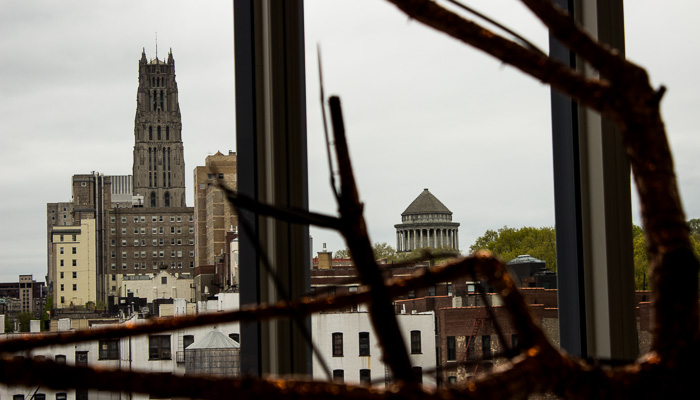

Two floors (and occasionally the lobby and plaza) of Columbia University's Lenfest Center for the Arts are dedicated to curating a wide variety of visual arts exhibitions. Exhibits tend to be contemporary, with student-artists and recent alumnae often featured.
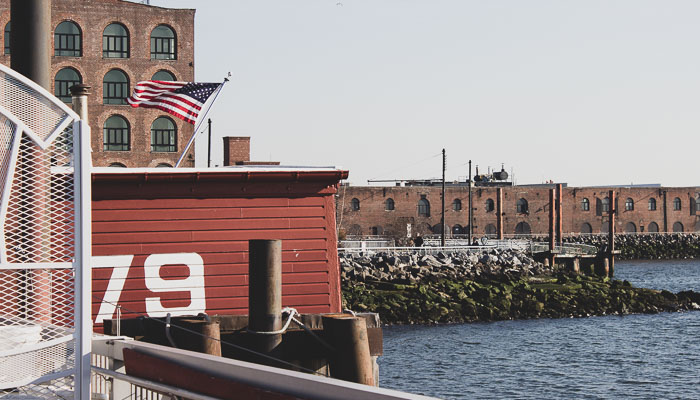

The history and impact of New York Harbor’s waterfront culture are now accessible mainly through literature and film. One way to experience what used to be a way of life for many New Yorkers is to visit the Waterfront Museum housed in a restored, 100-year old railroad barge floating off of Red Hook in Brooklyn.
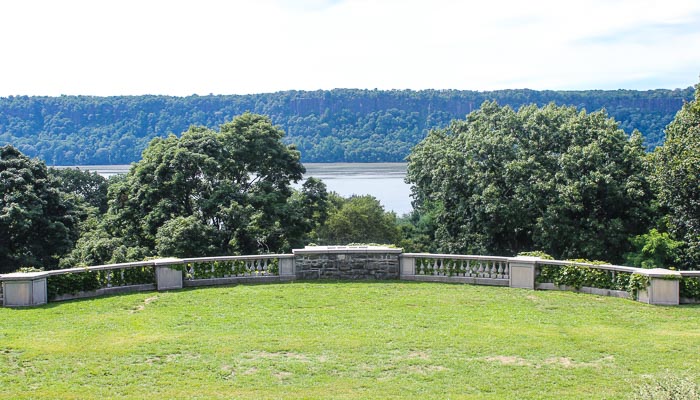

Wave Hill's gorgeous grounds and stunning Palisade views have drawn luminaries like Theodore Roosevelt, Mark Twain, and Bashford Dean, for decades. Now these manicured gardens, tidy conservatories, and luxurious mansions are open for public enjoyment. Don't be deterred by the logistics--escape is an easy train ride away.
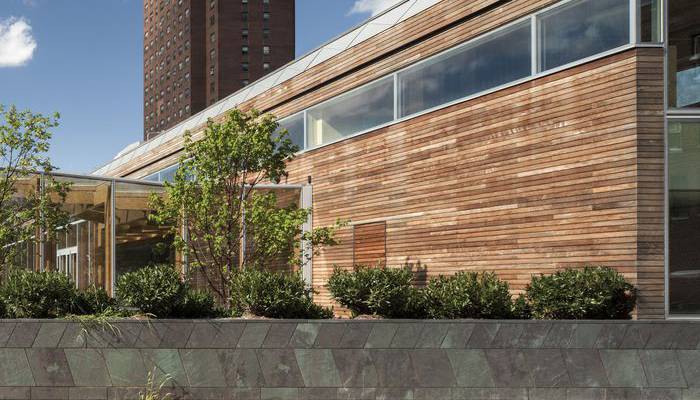

The Weeksville Heritage Center is dedicated to the preservation of a unique part of Black History in Brooklyn and the United States. Founded before the Civil War, Weeksville was one of the first Free Black communities in the United States and soon dozens of African-American families owned land in the area. The Heritage Center seeks to educate visitors about the lives and triumphs of this early community.
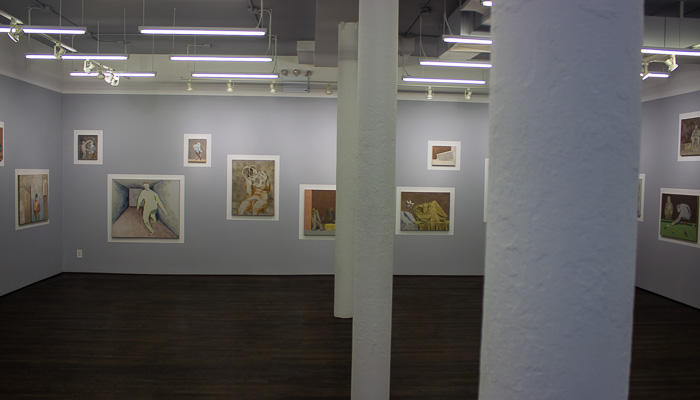

A cornerstone of the Meatpacking gallery scene, White Columns has been discovering and supporting new, rising artists for more than 40 years. Four small galleries host rotating exhibits, usually dedicated to the work of a single artist--often that artist’s first show in New York City--and occasional retrospectives of established creatives.
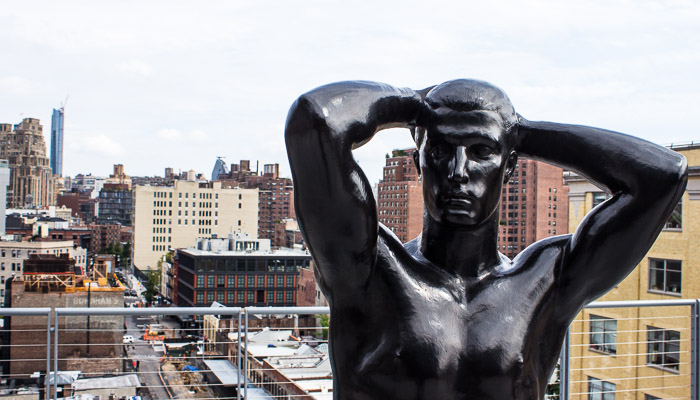

The biggest change in New York City’s museum landscape in recent years was the construction of a new home for the Whitney Museum, moving from the museum-heavy Upper East Side to the heart of the Meatpacking district. The museum manages one the world's largest collection of art produced by Americans during the last century which forms the basis of temporary exhibitions which frequently rotate.


The Brooklyn neighborhood of Williamsburg has undergone a significant transformation during its history. Currently known as one of the artistic and creative centers of the city, the heart of the neighborhood is at the Williamsburg Art Historical Center. The repurposed Kings County Savings Bank building alone is worth a visit, and the contemporary art exhibits it hosts are among the city’s most popular.